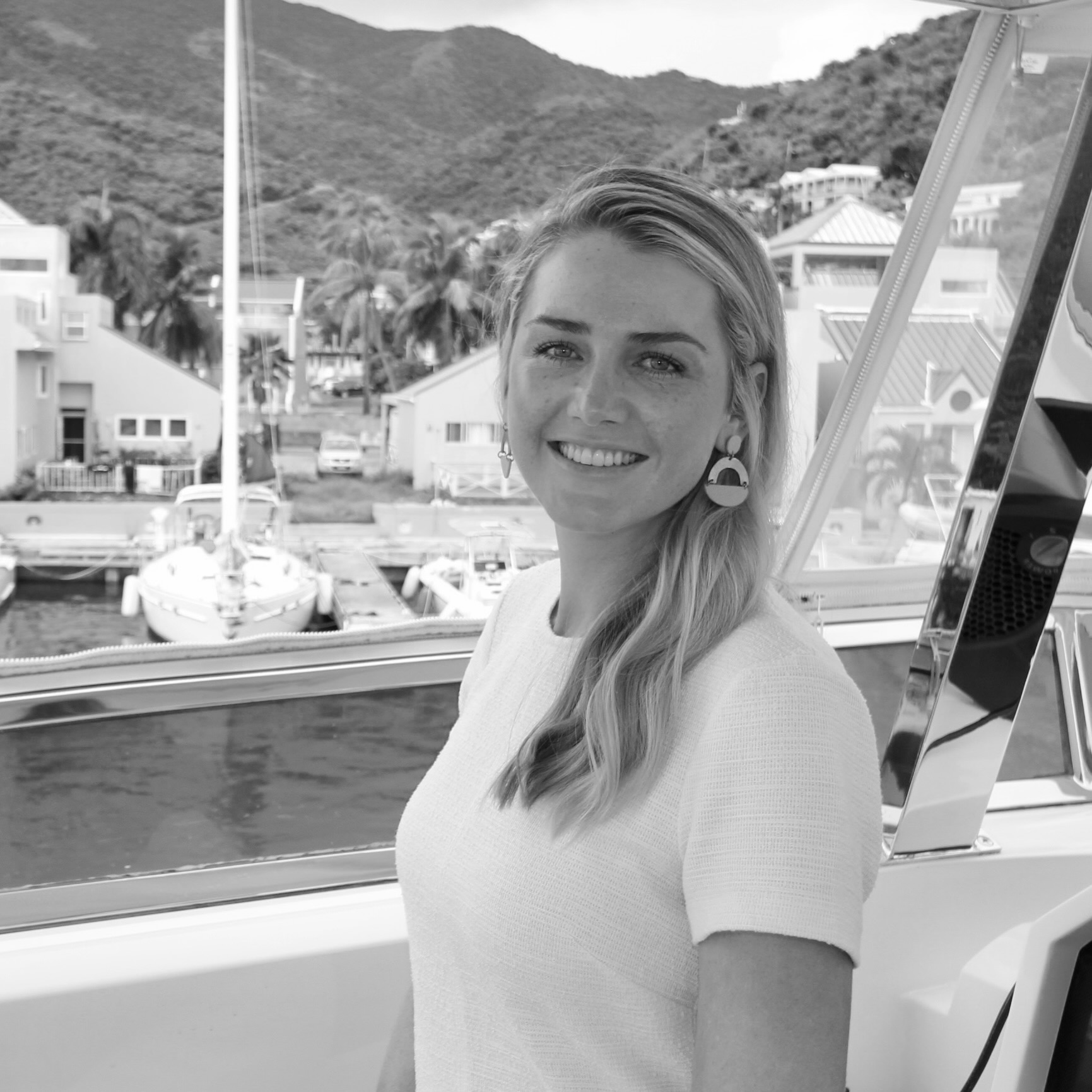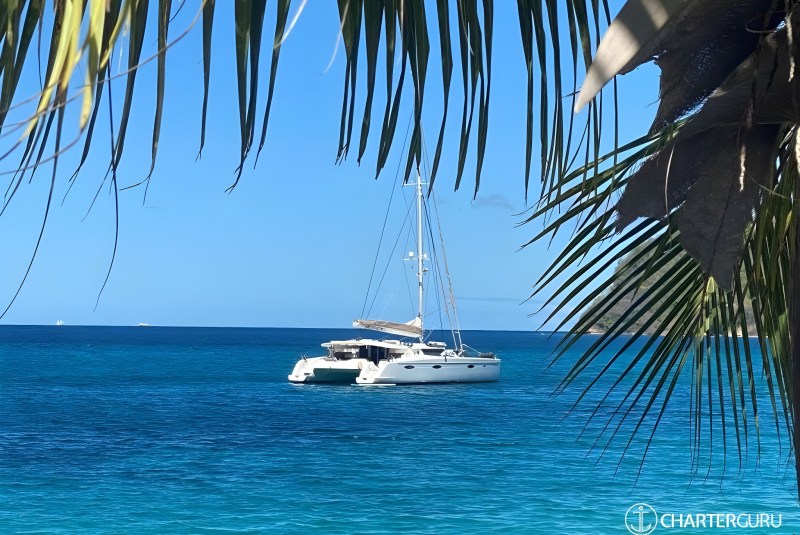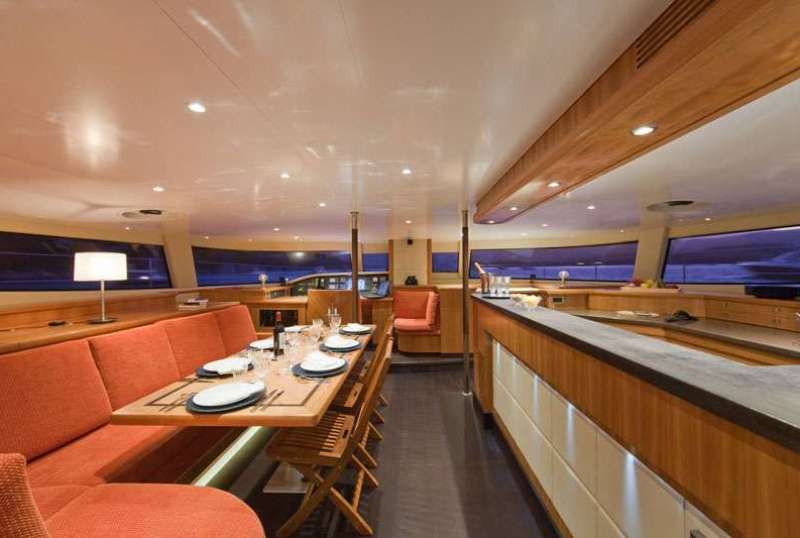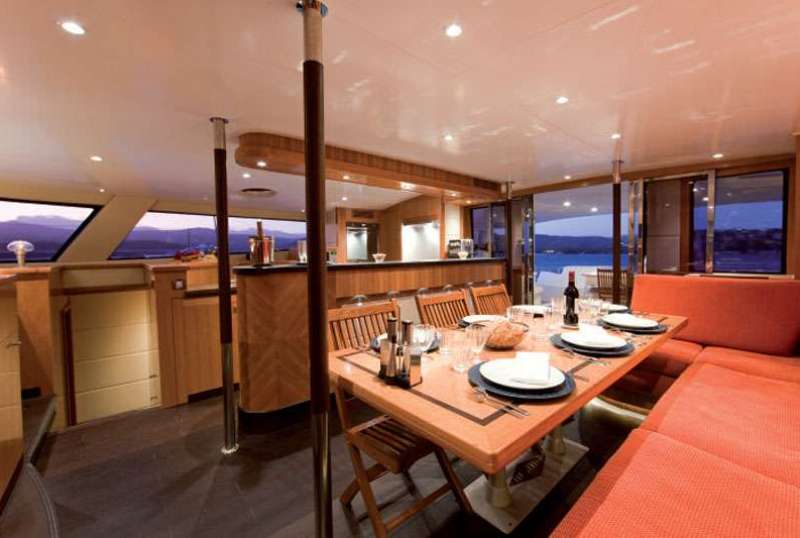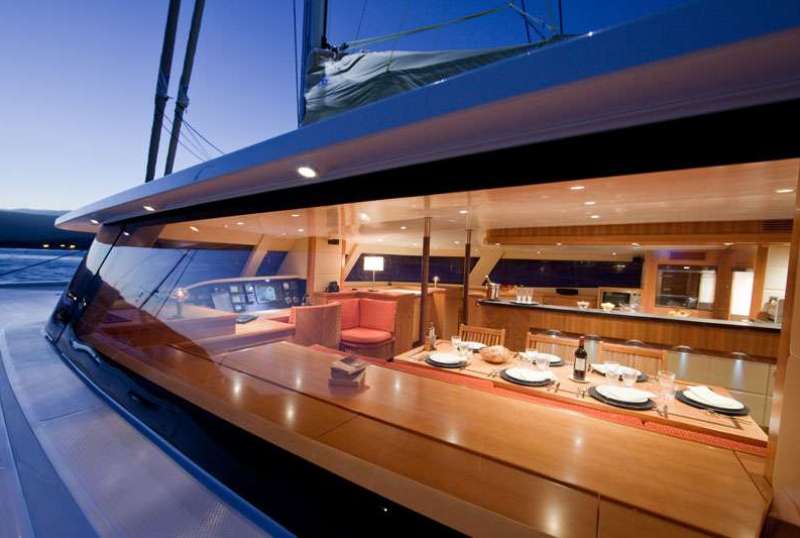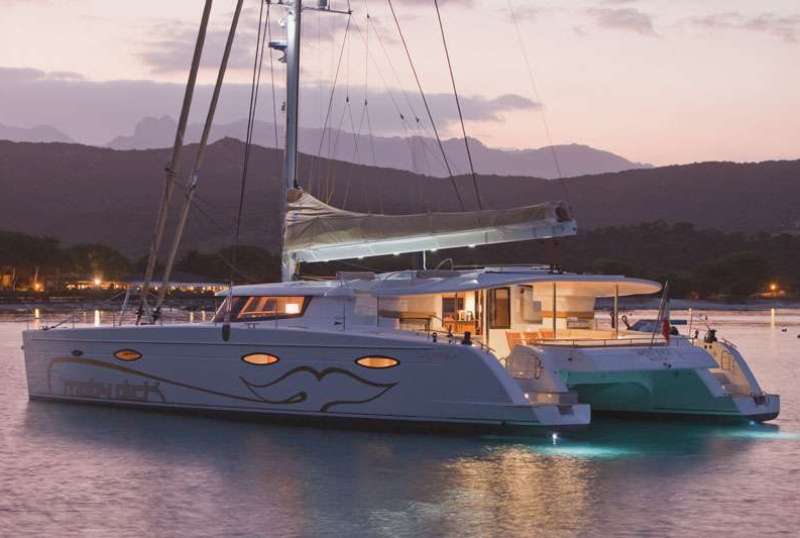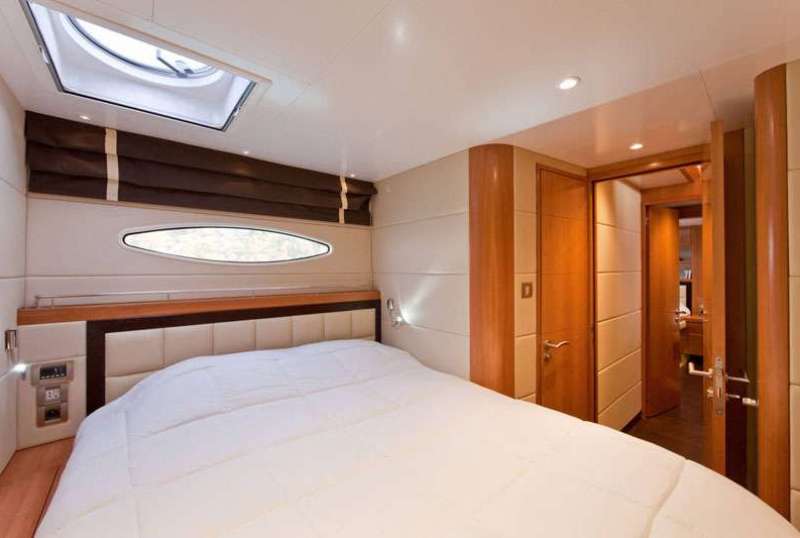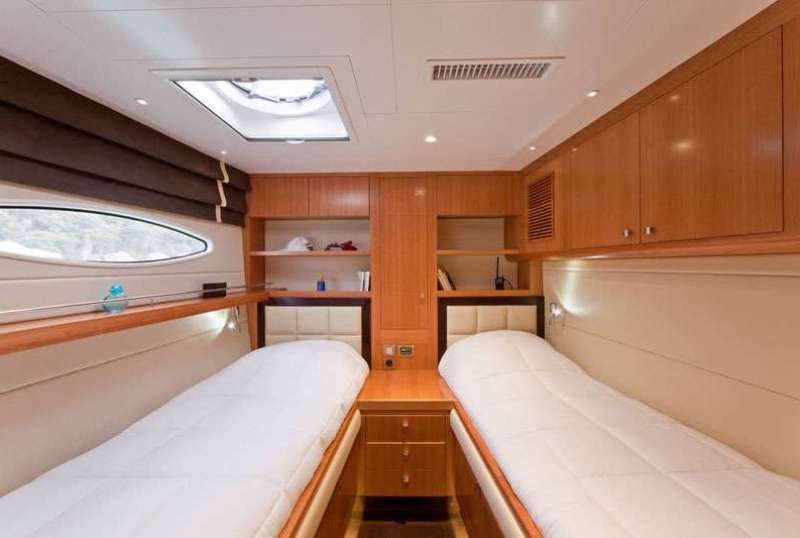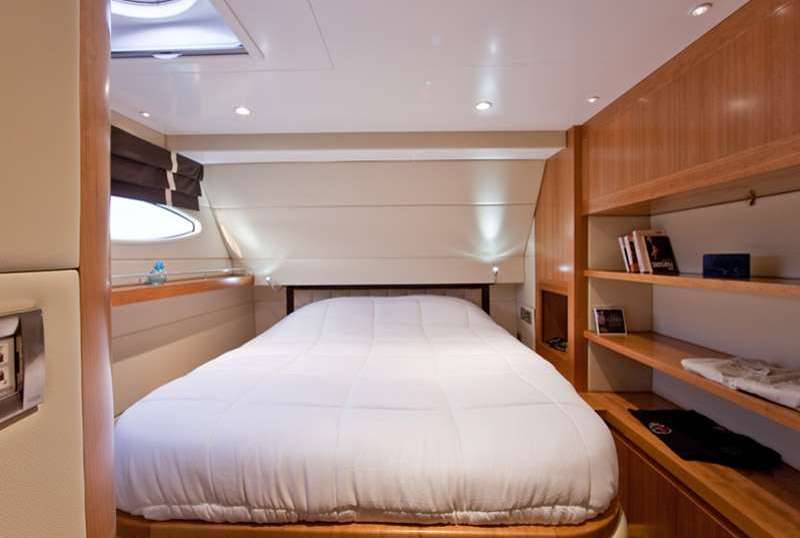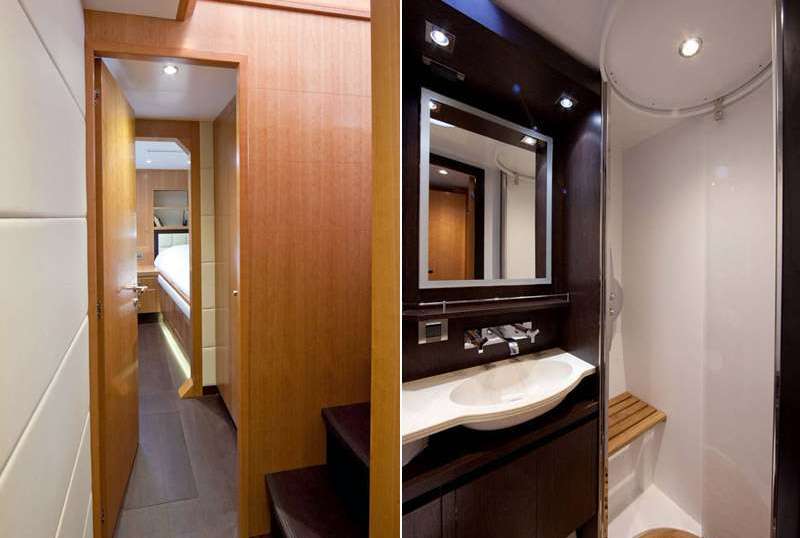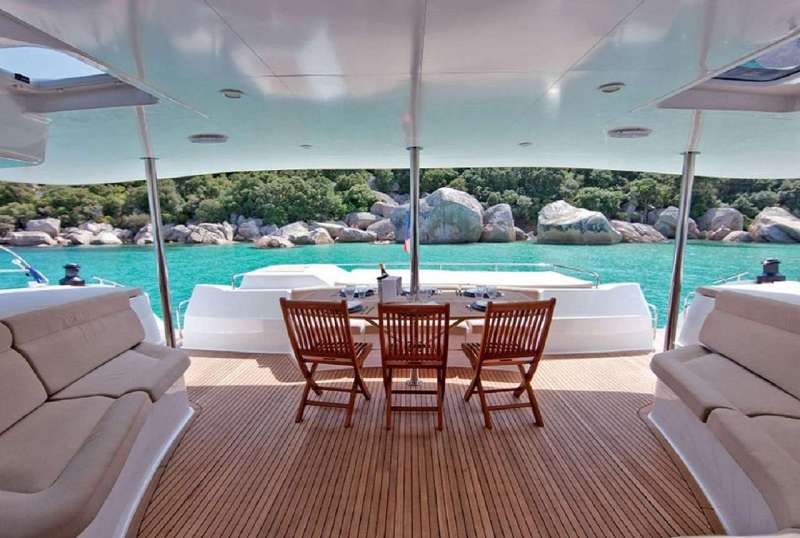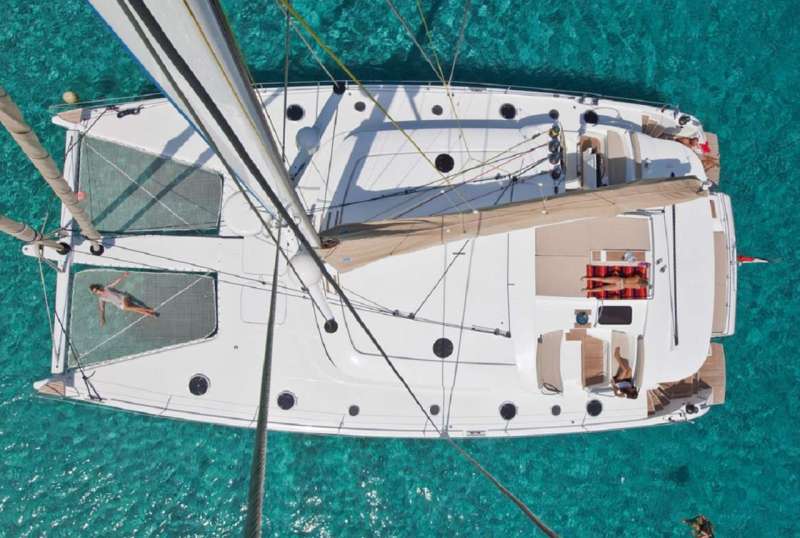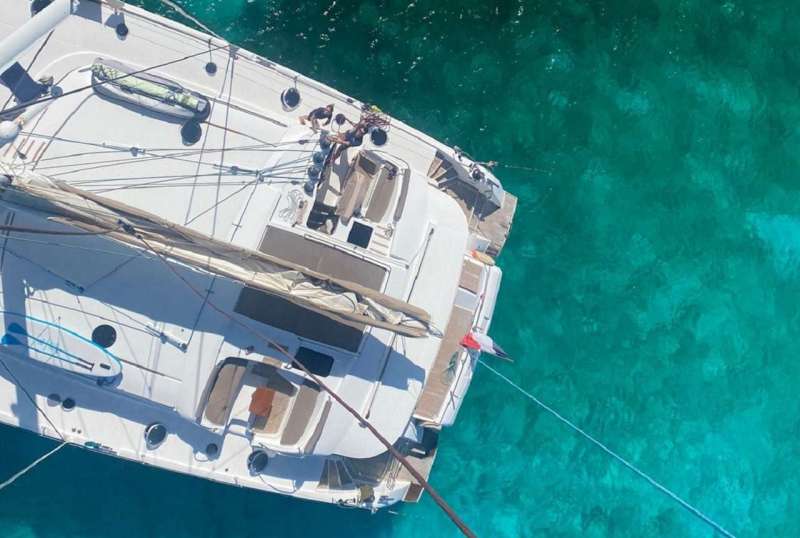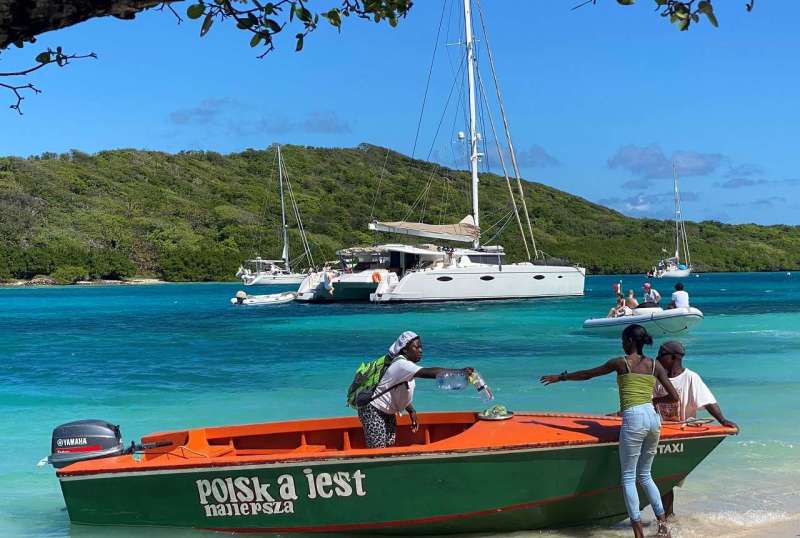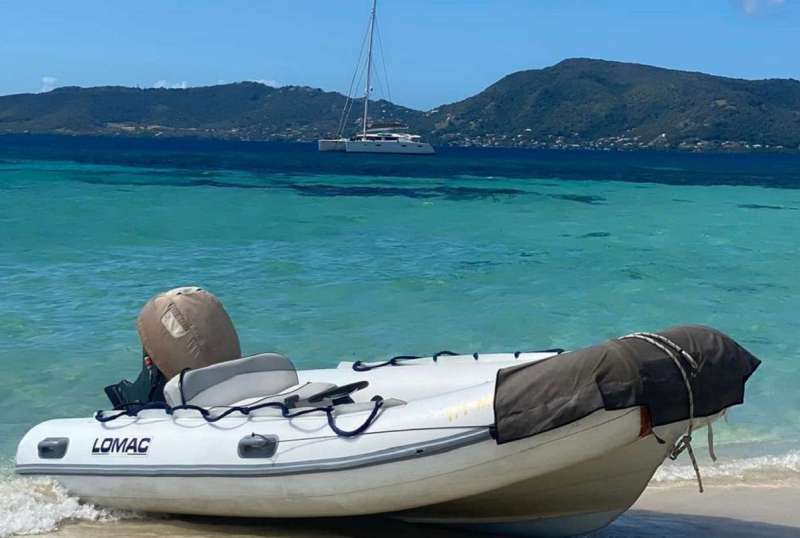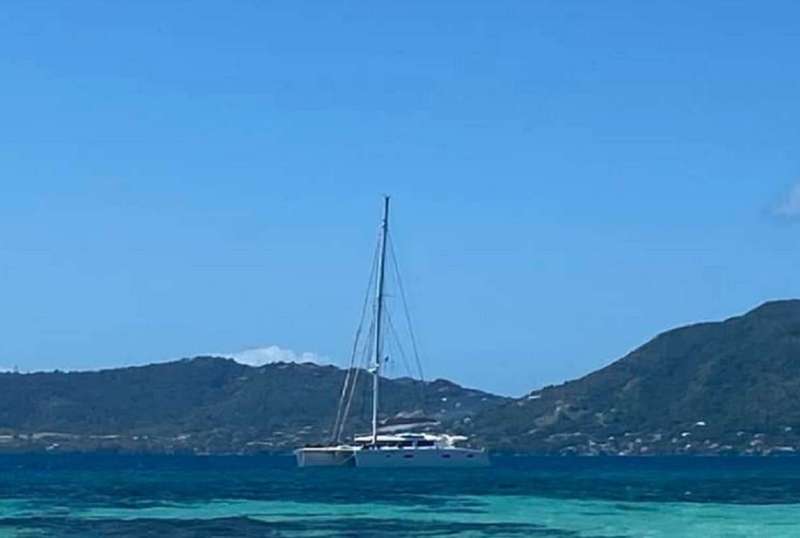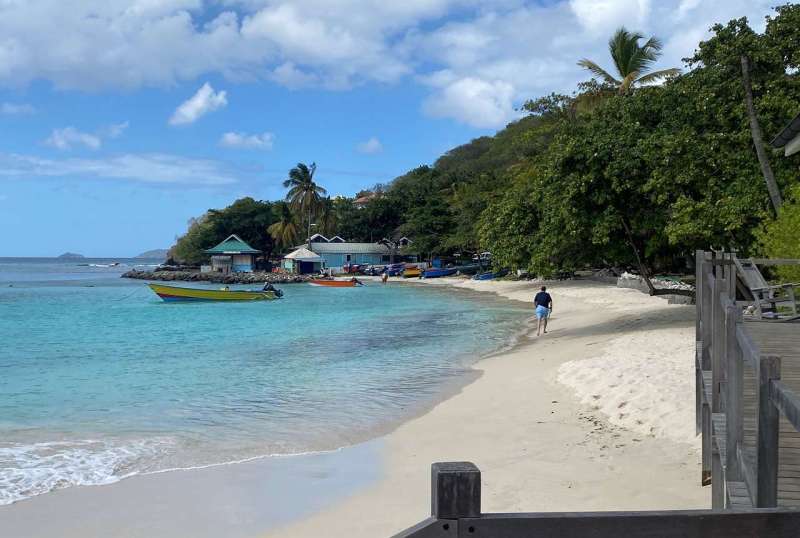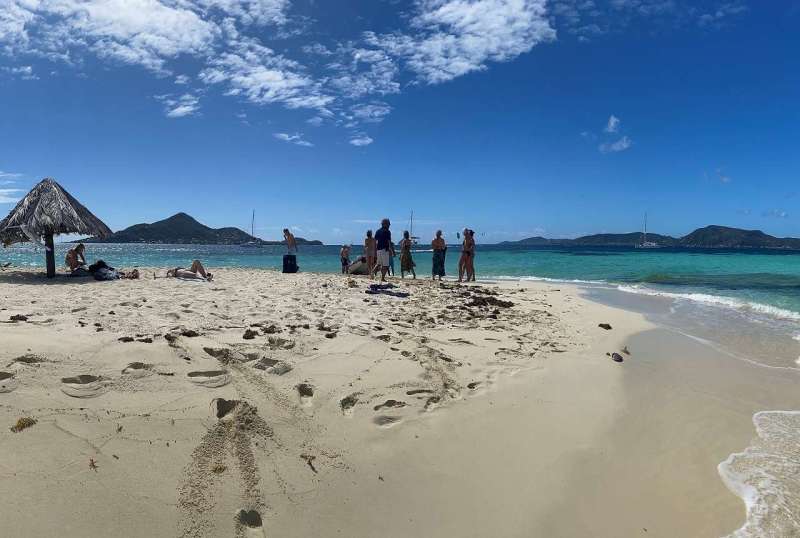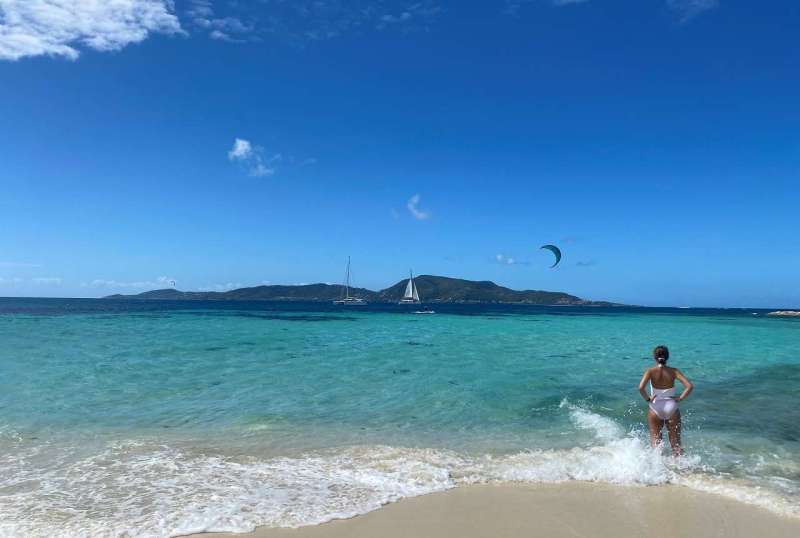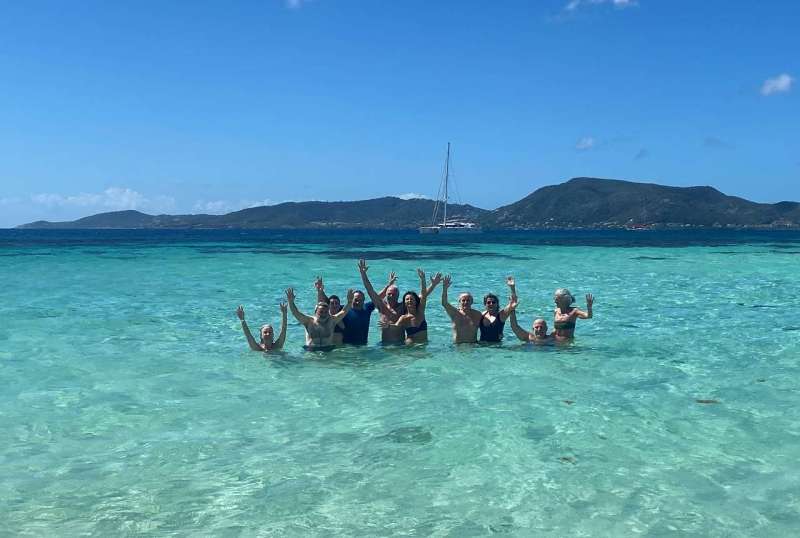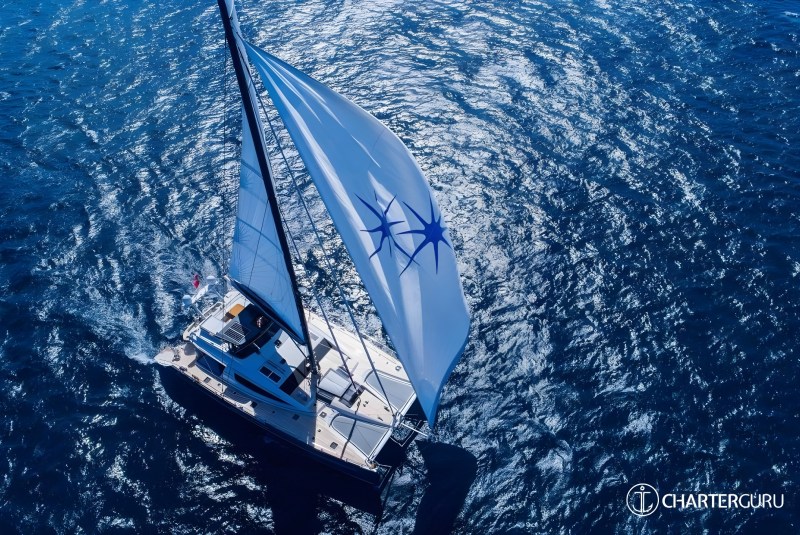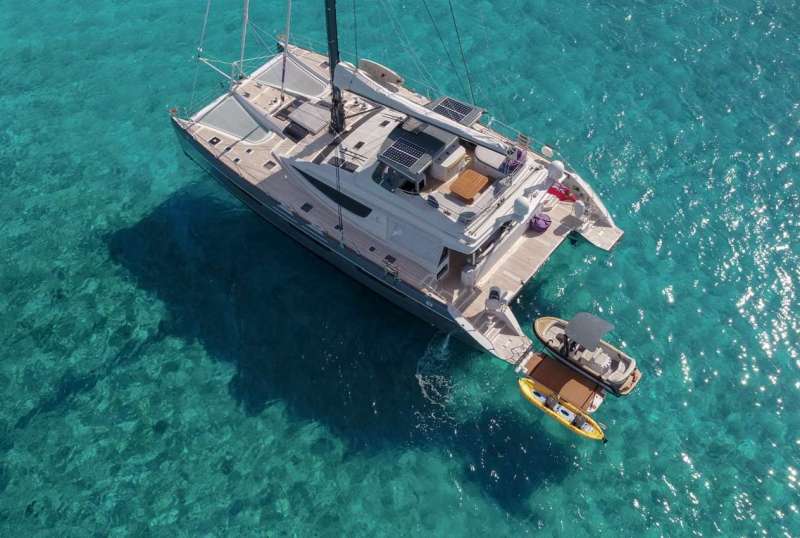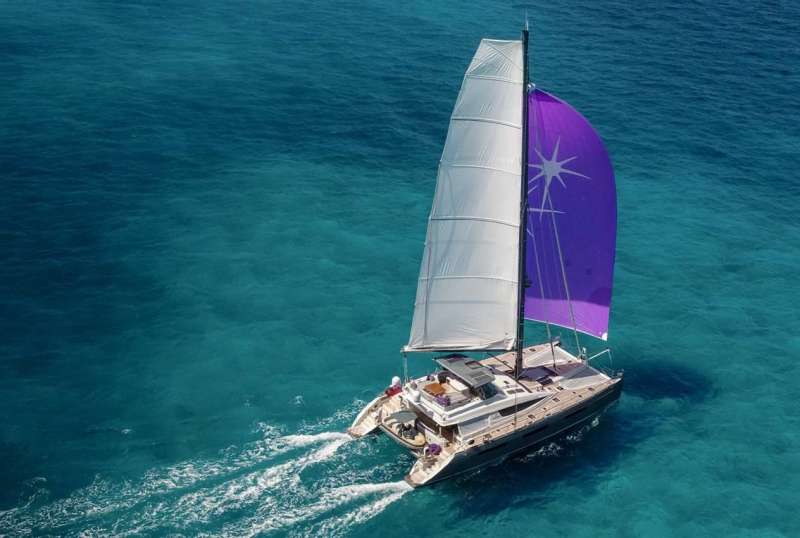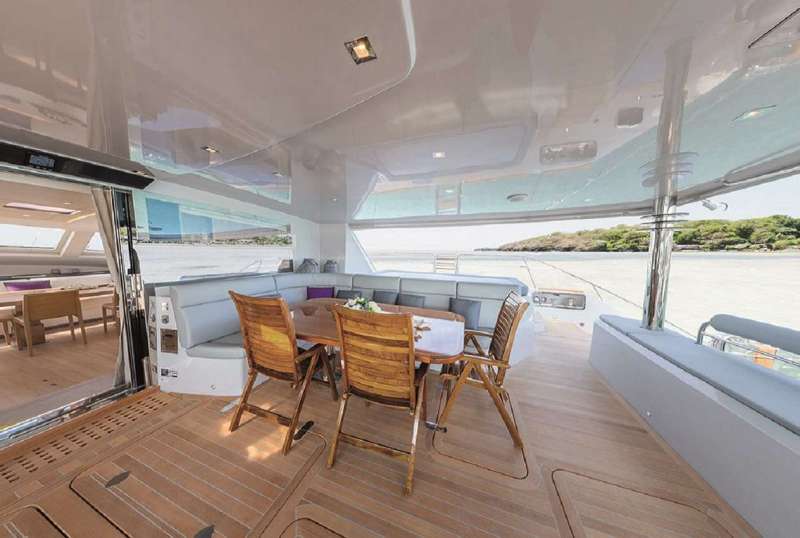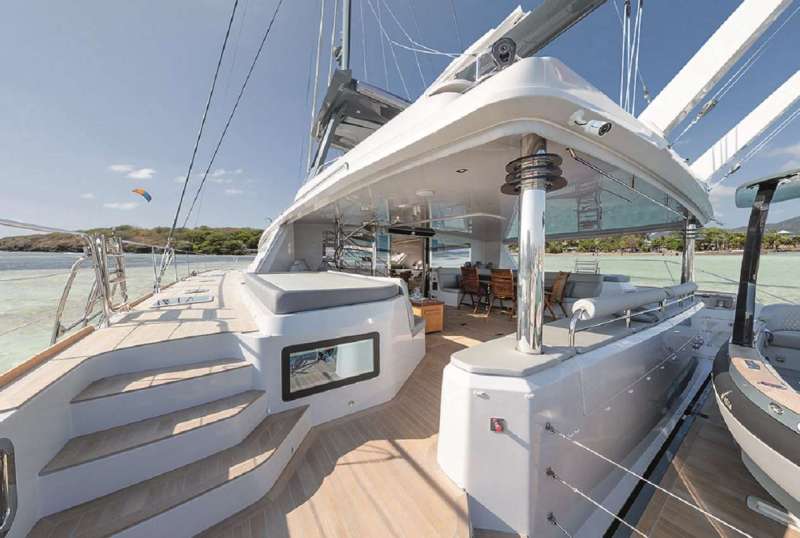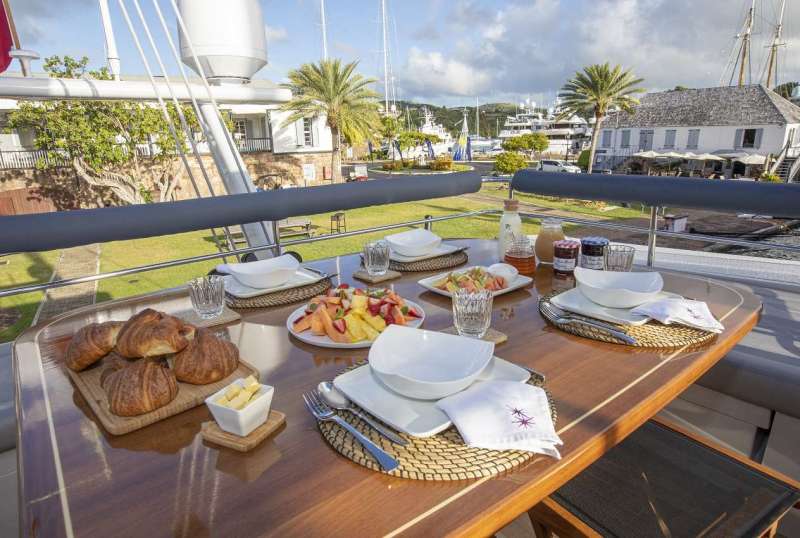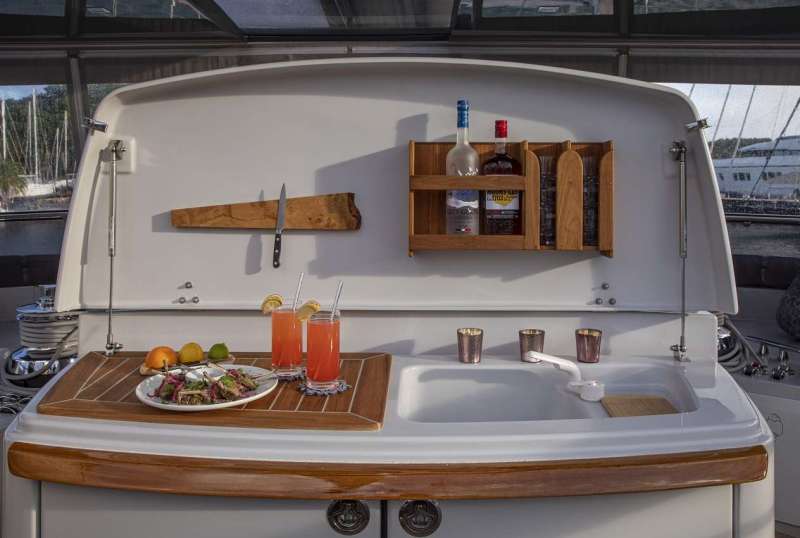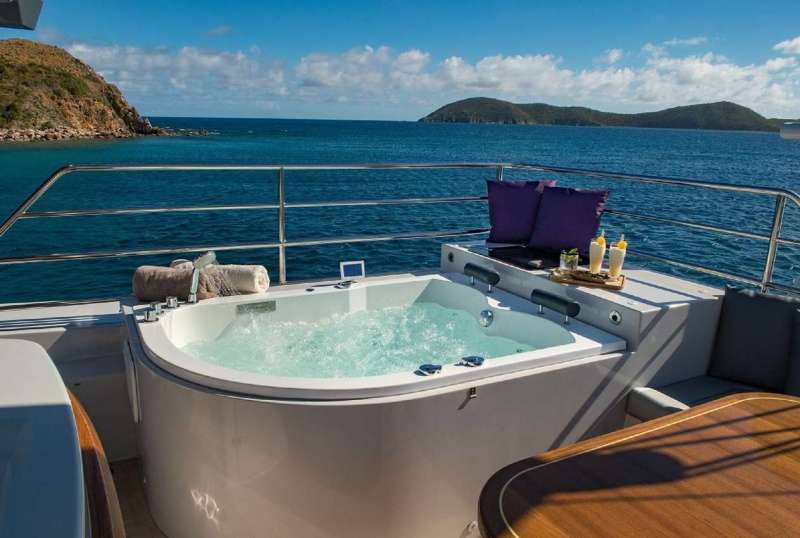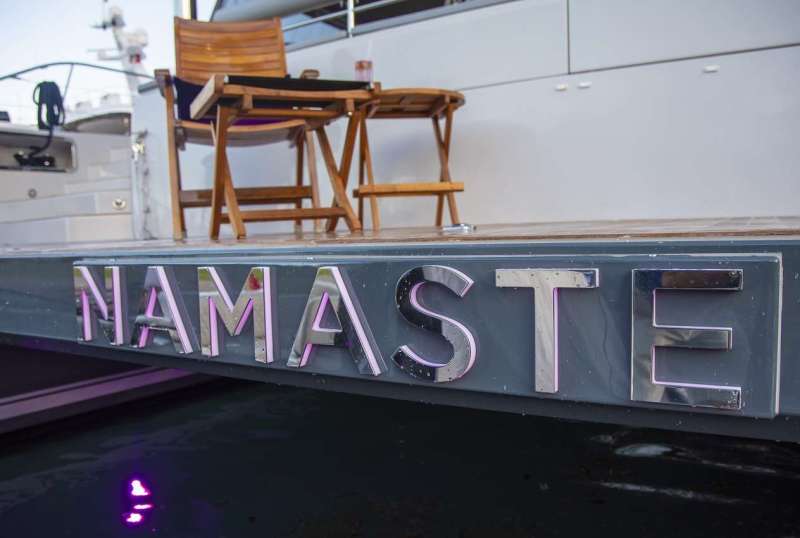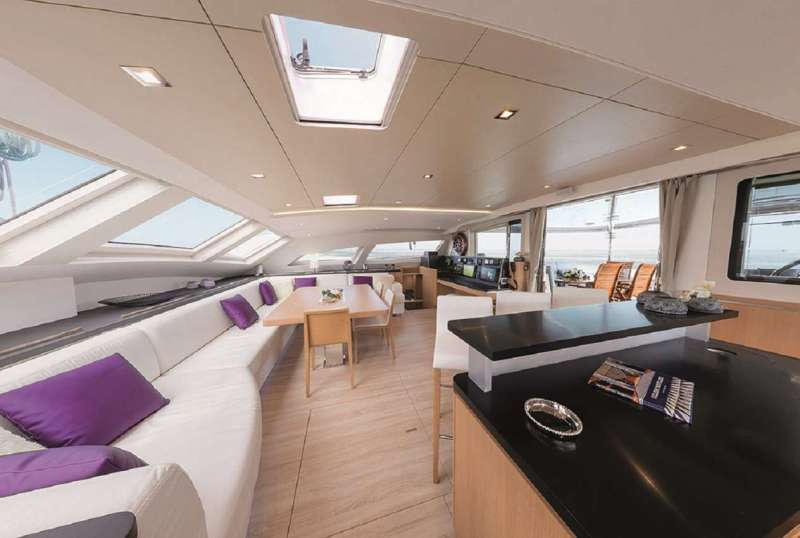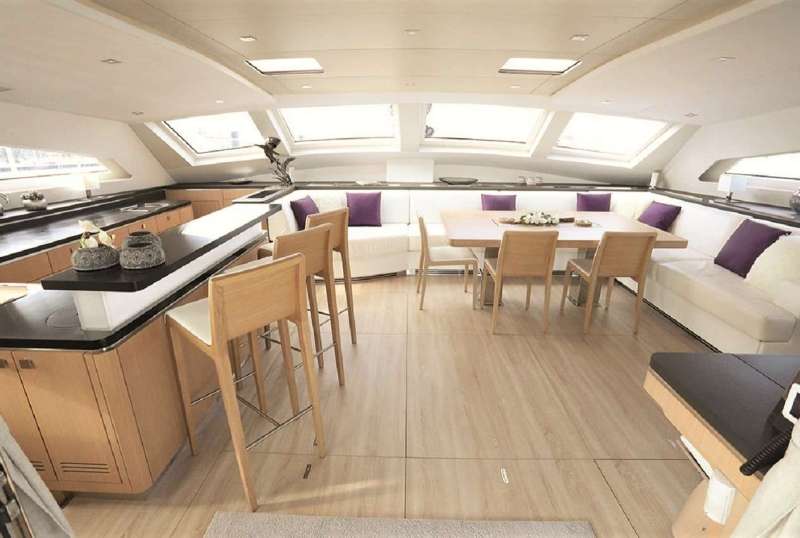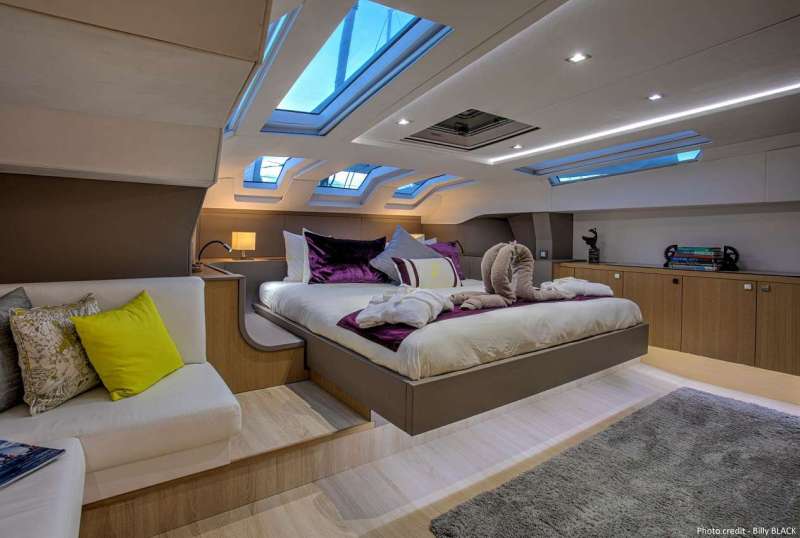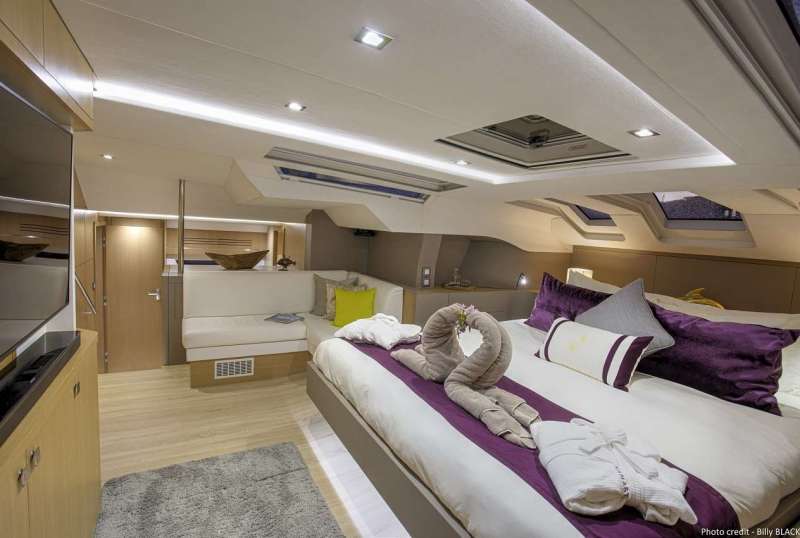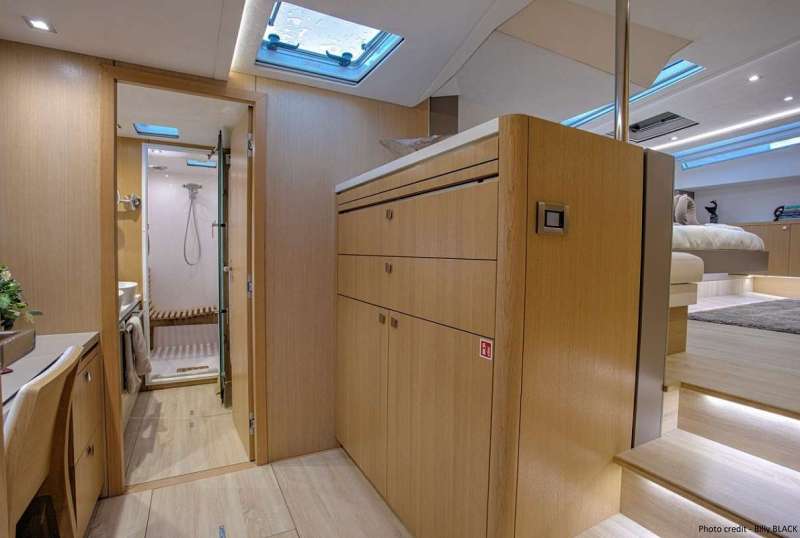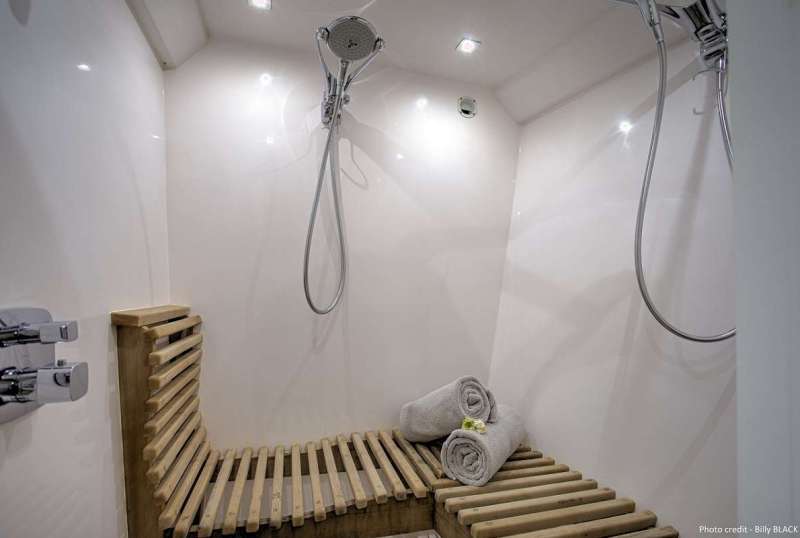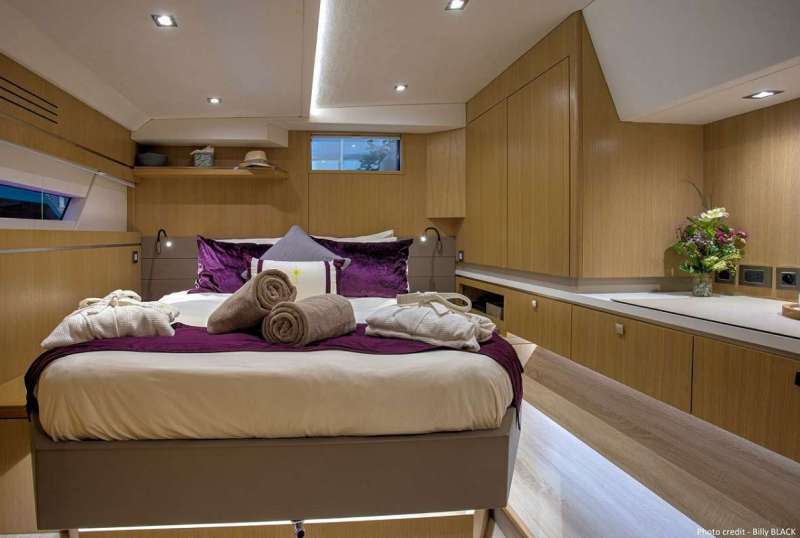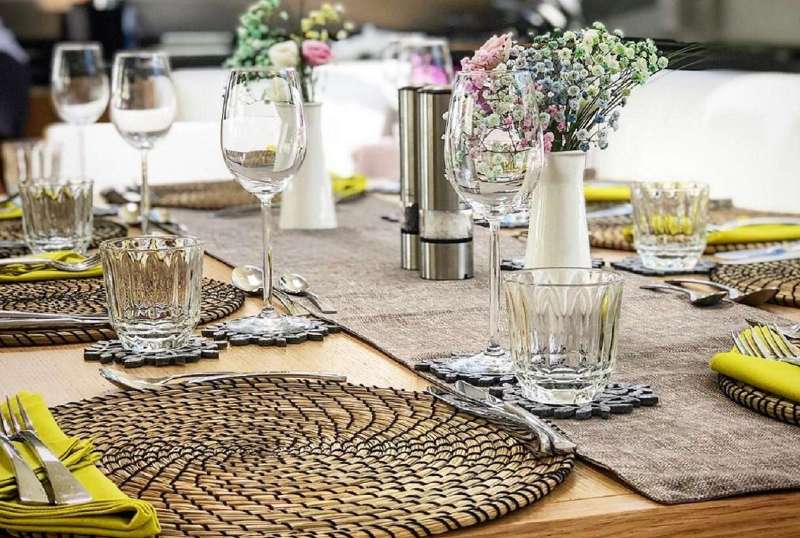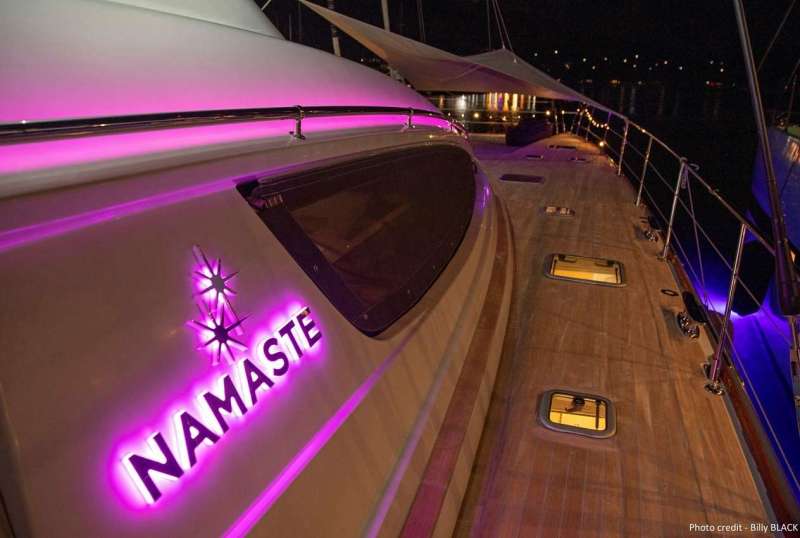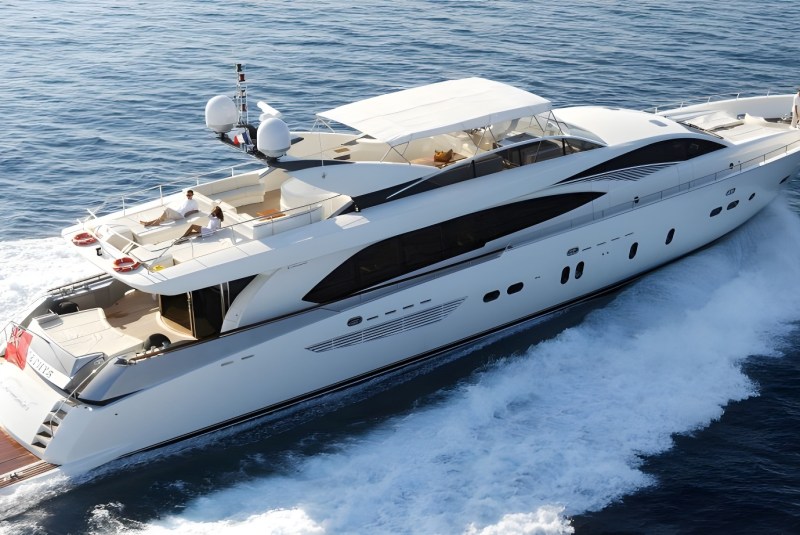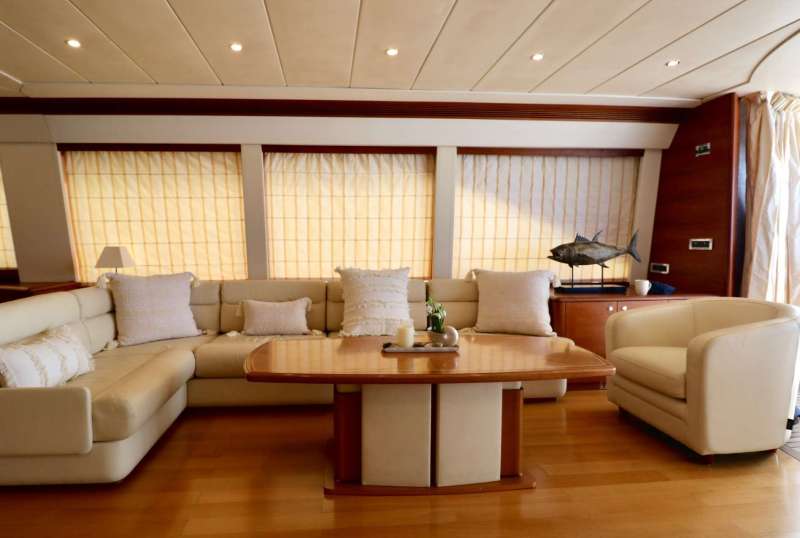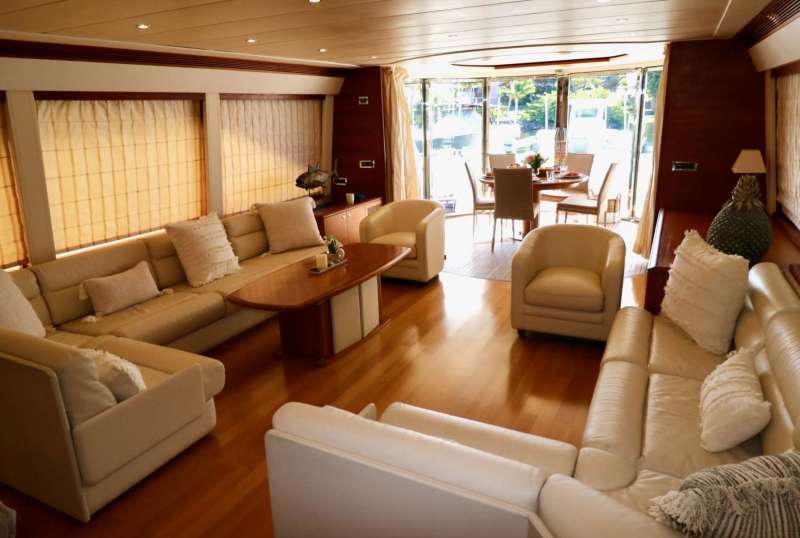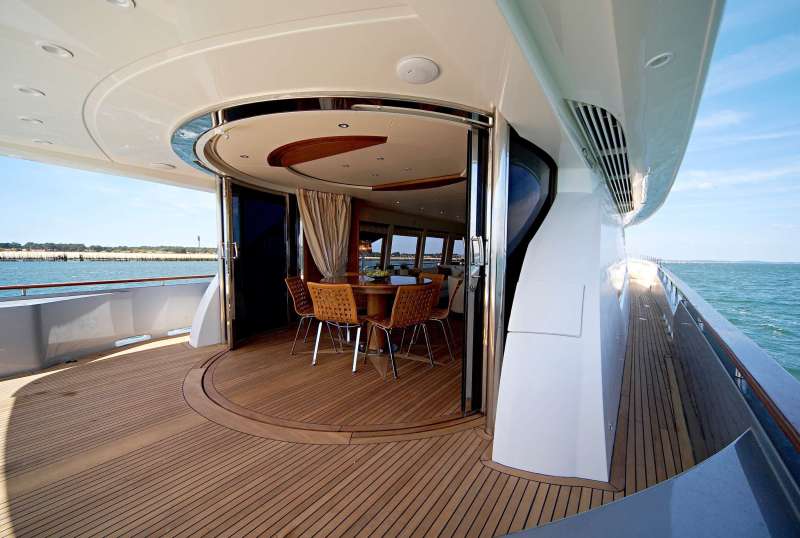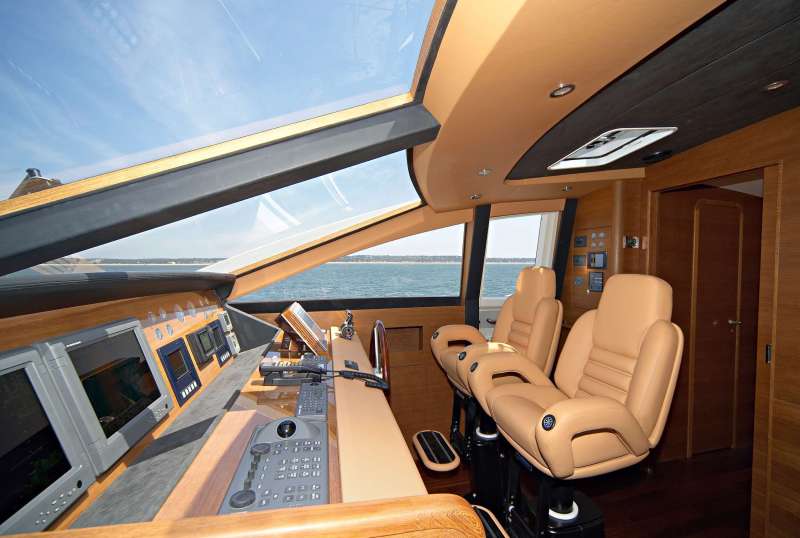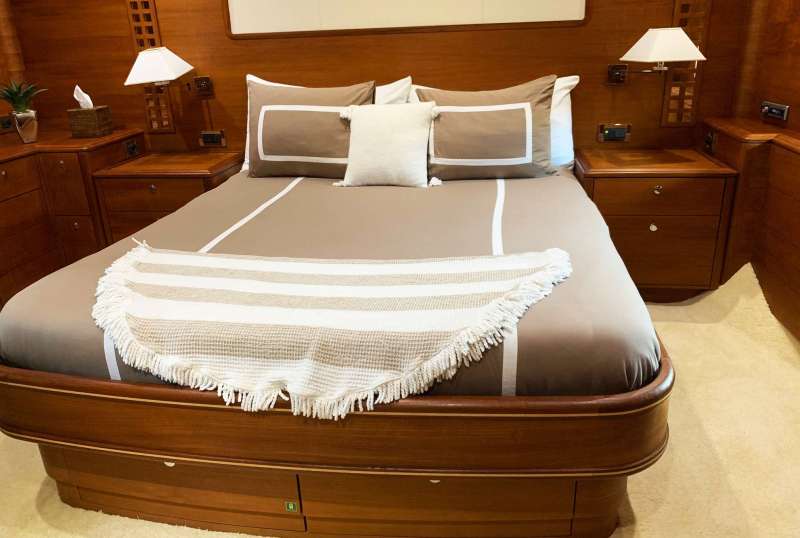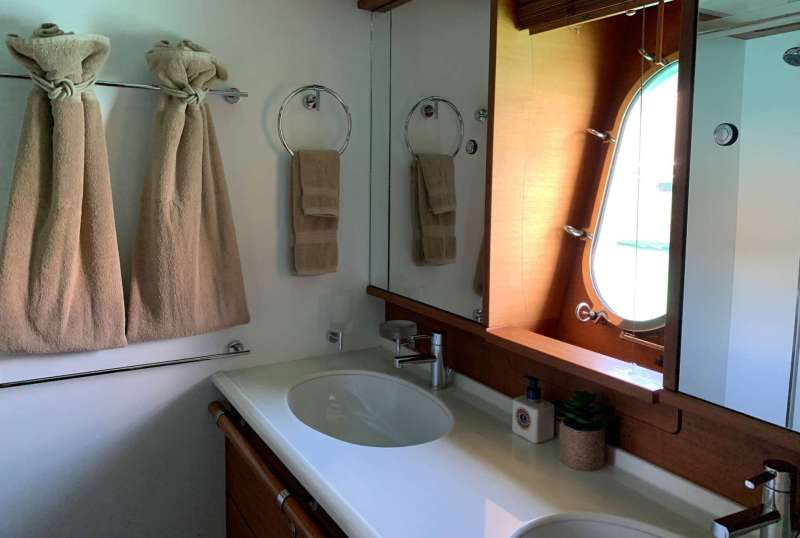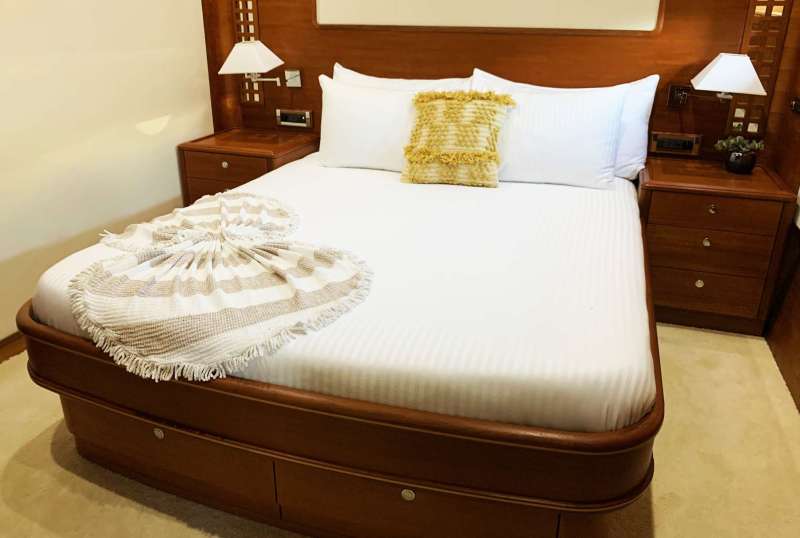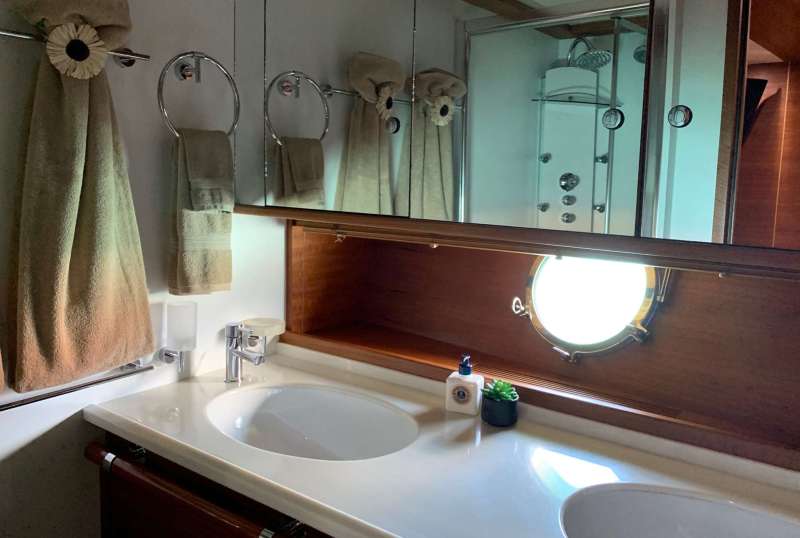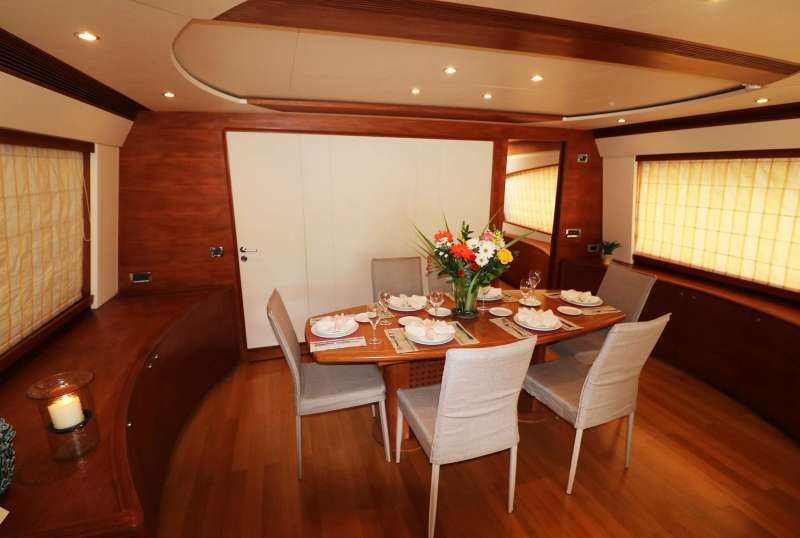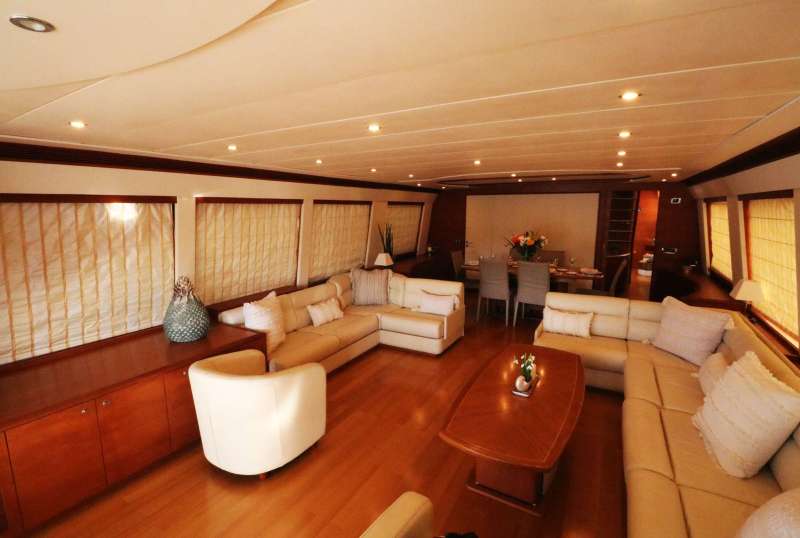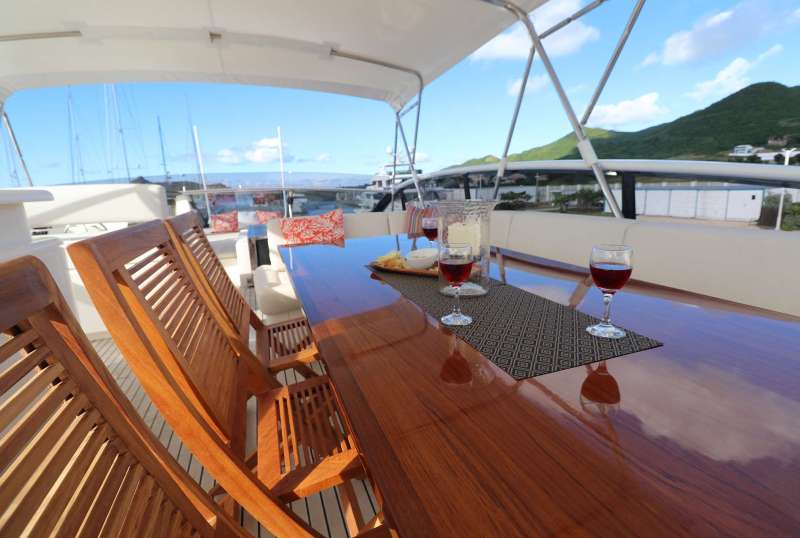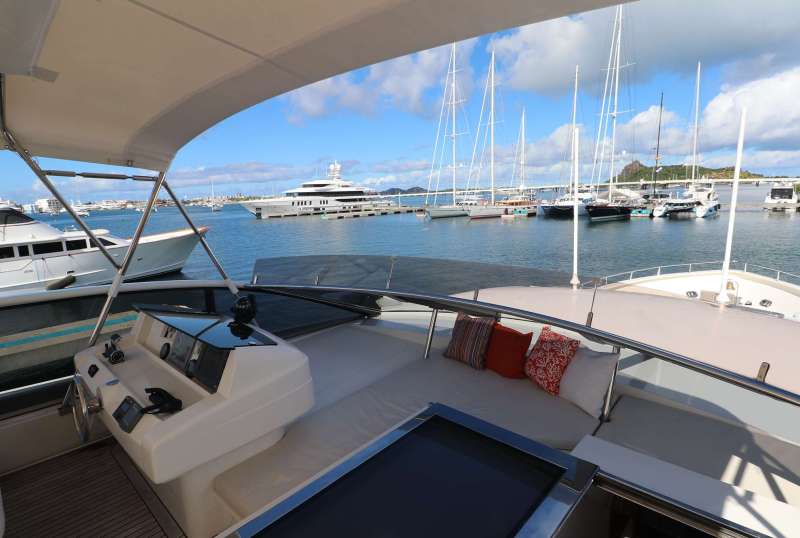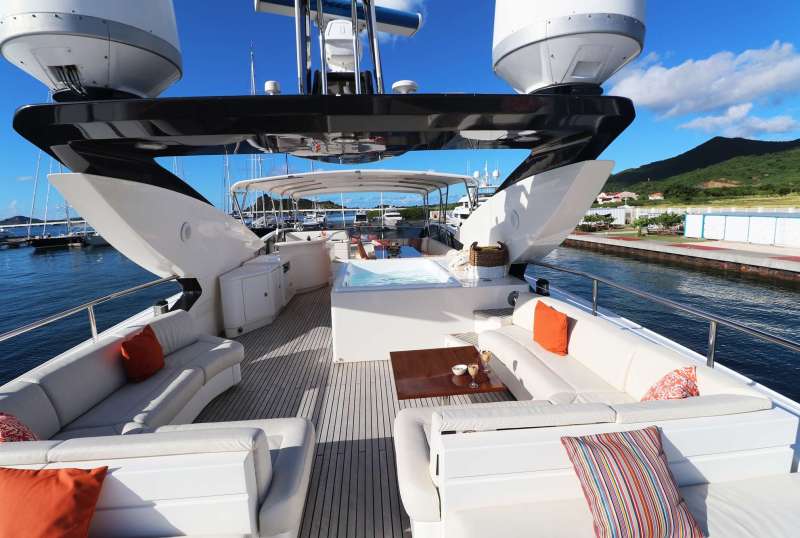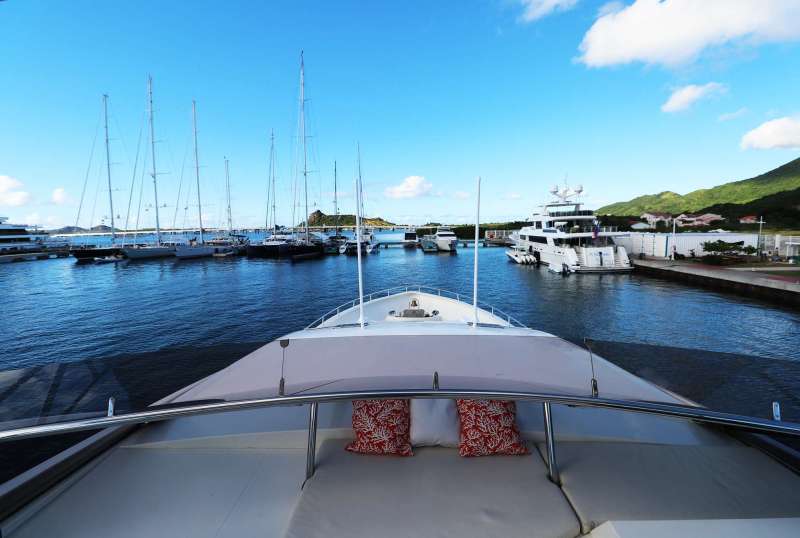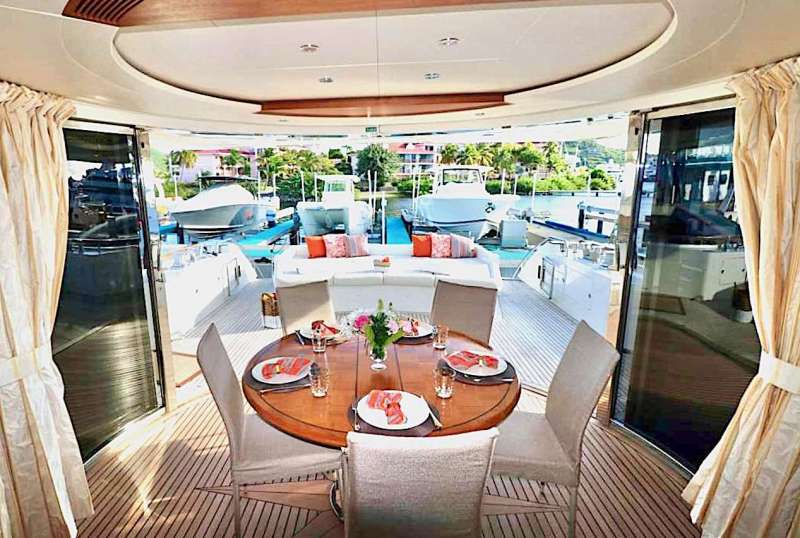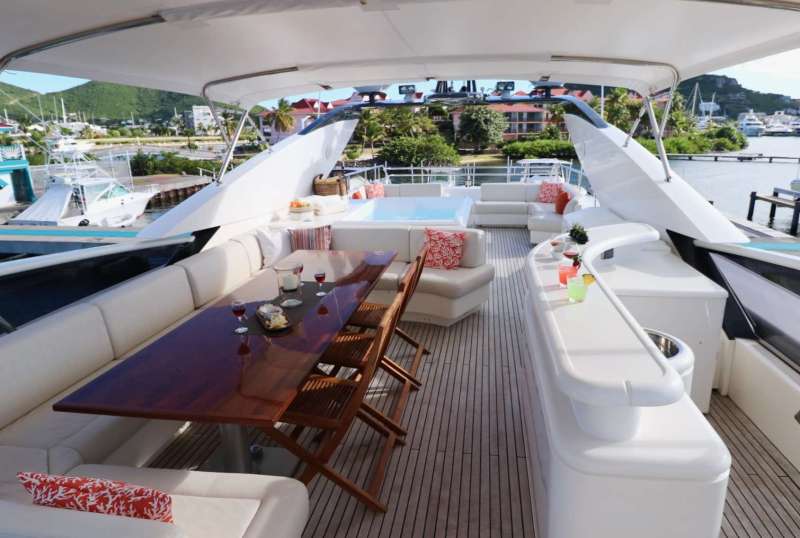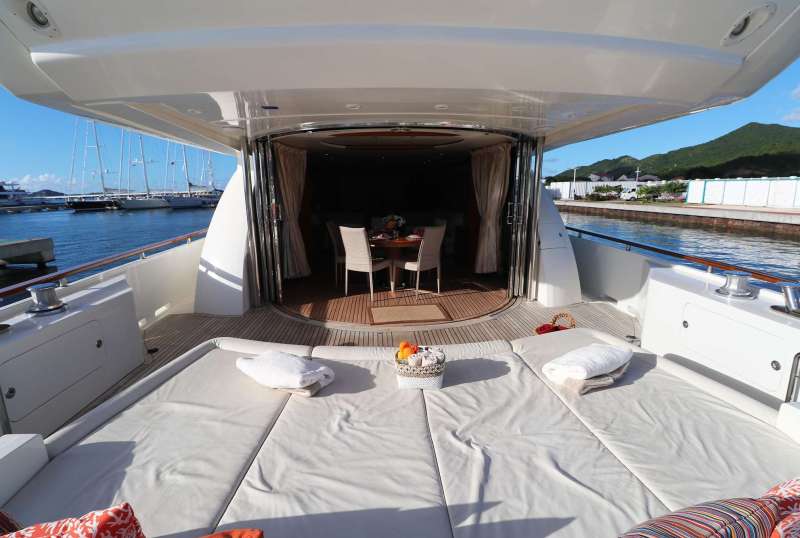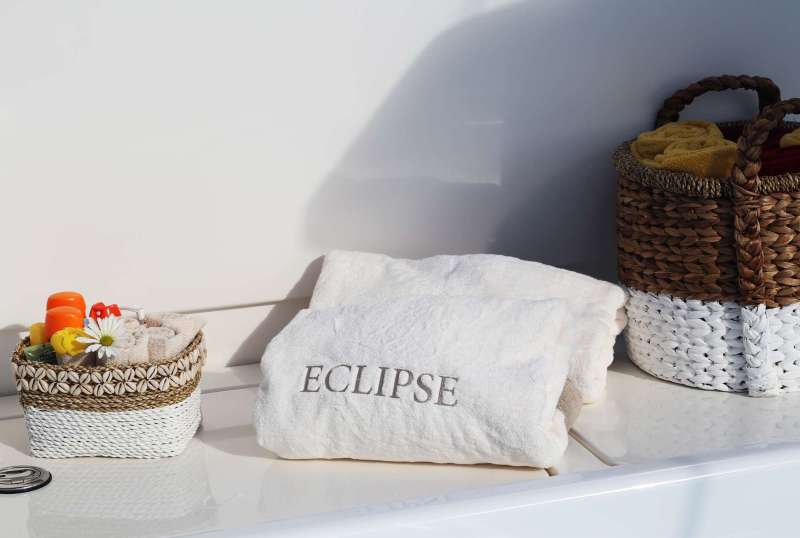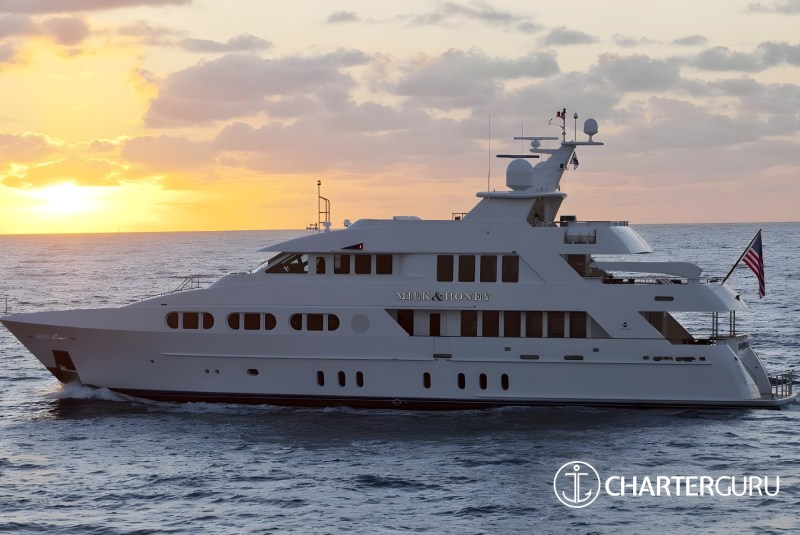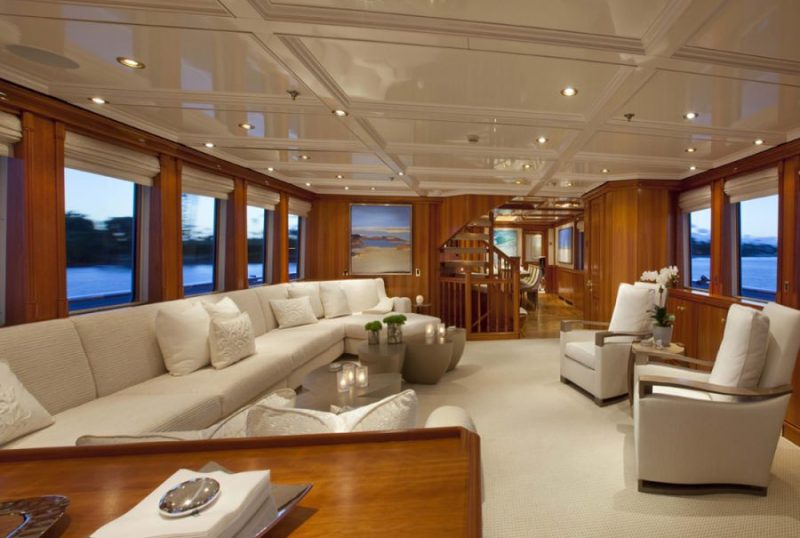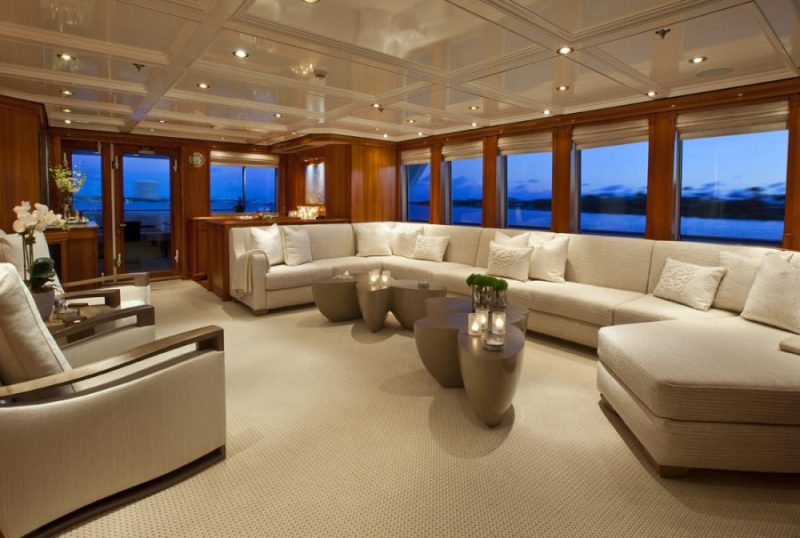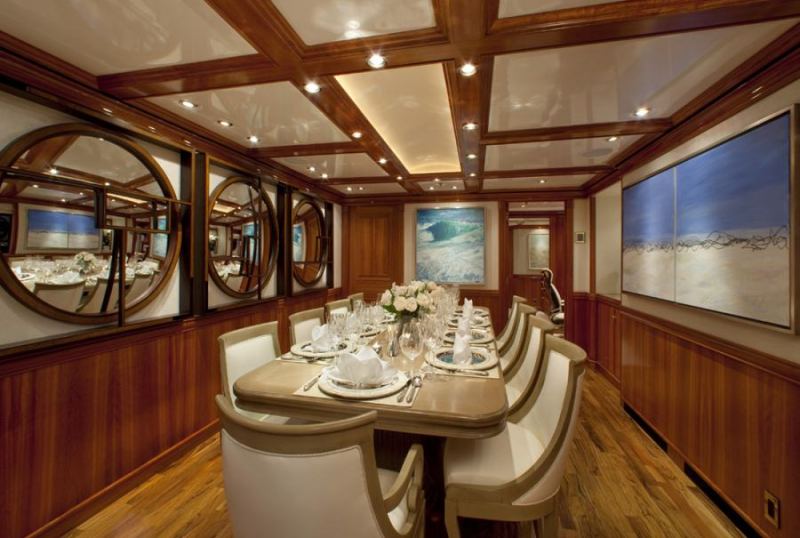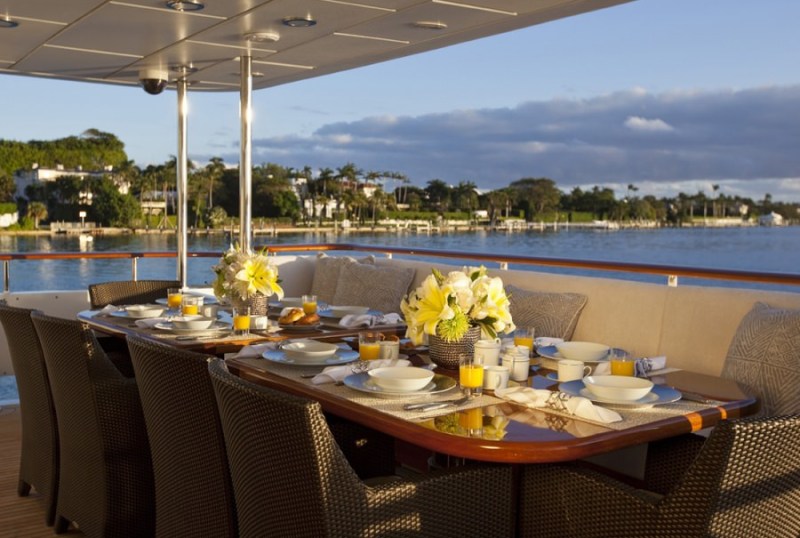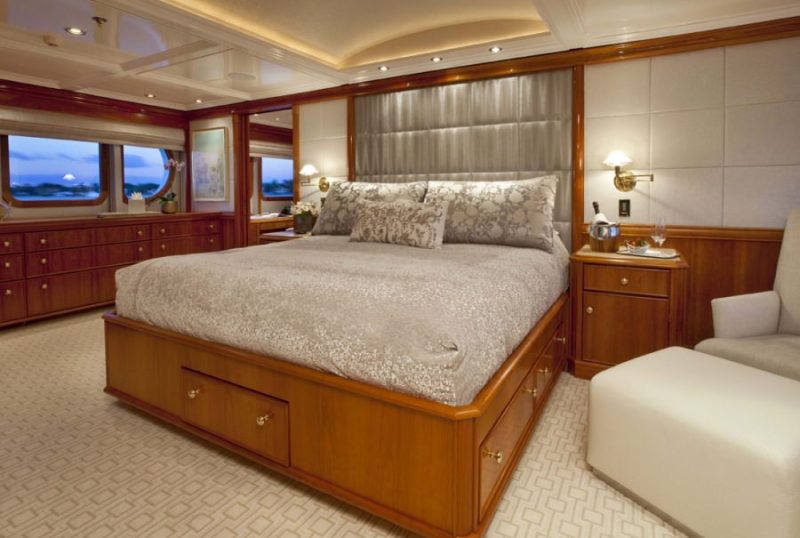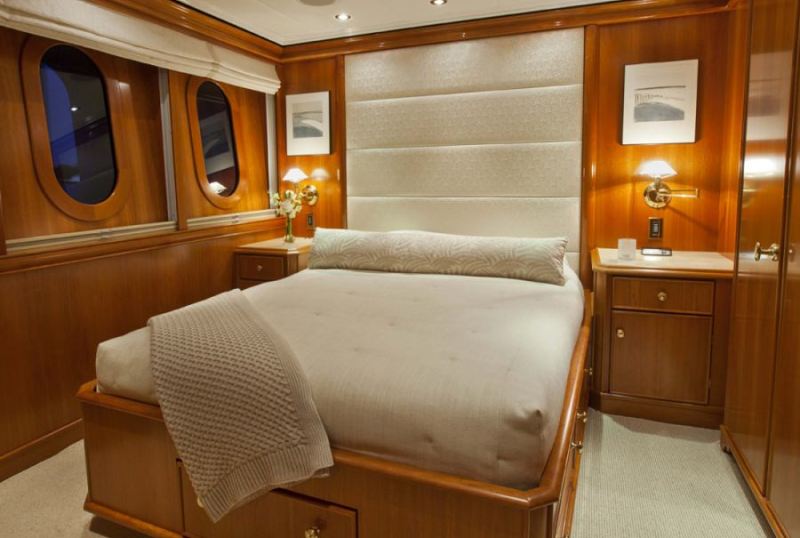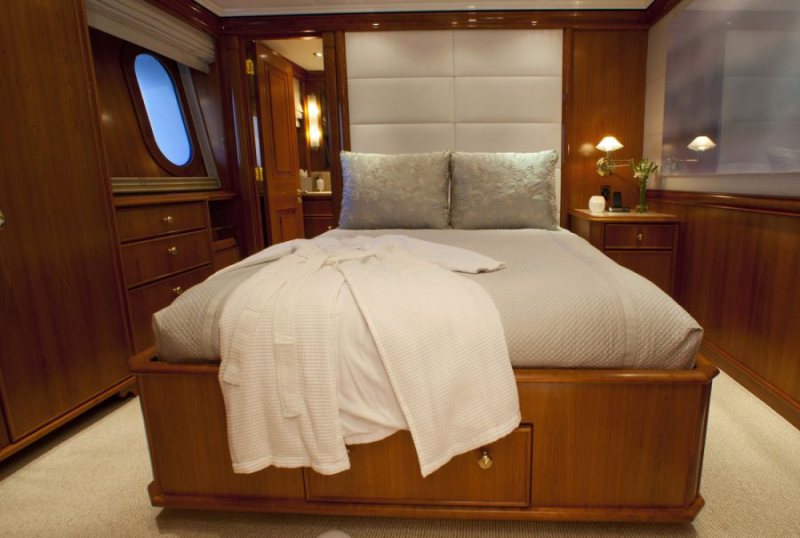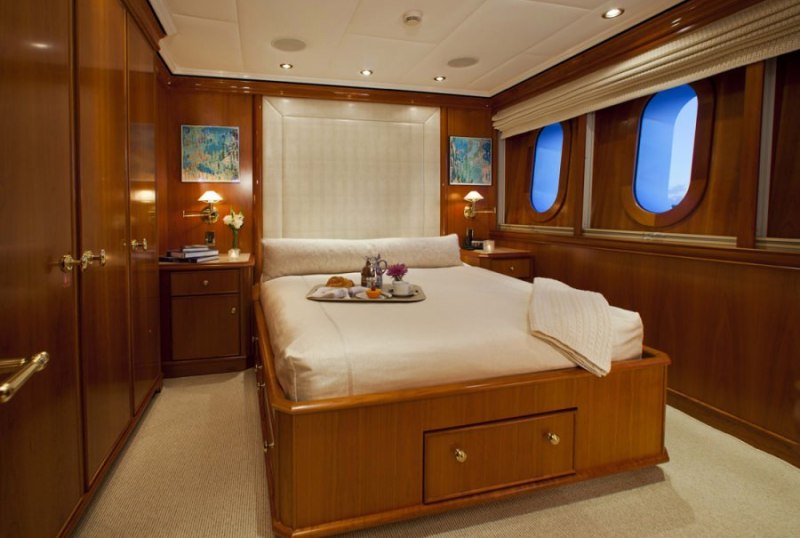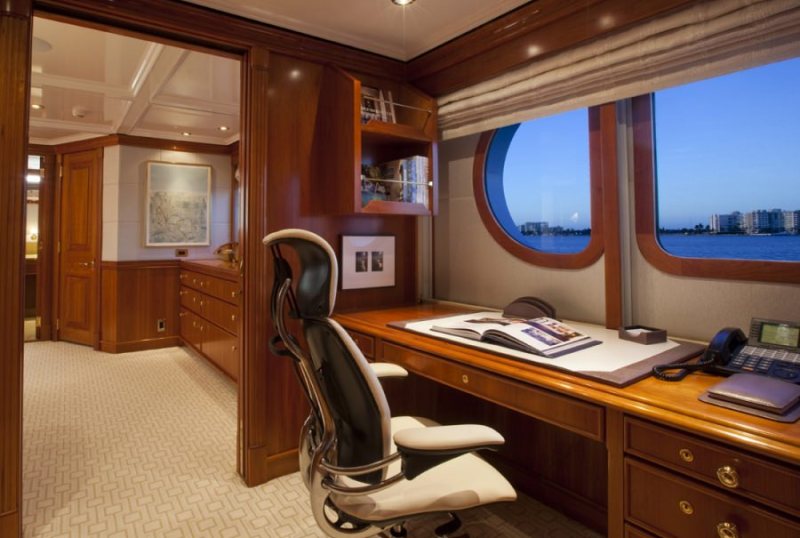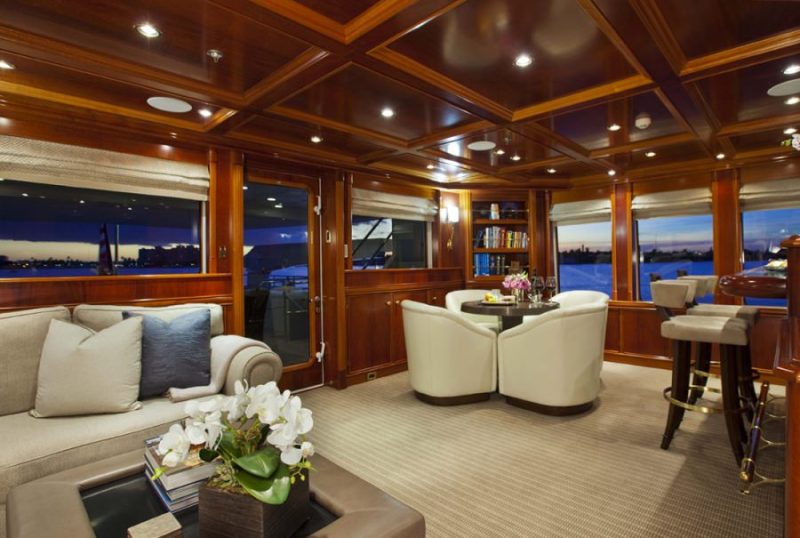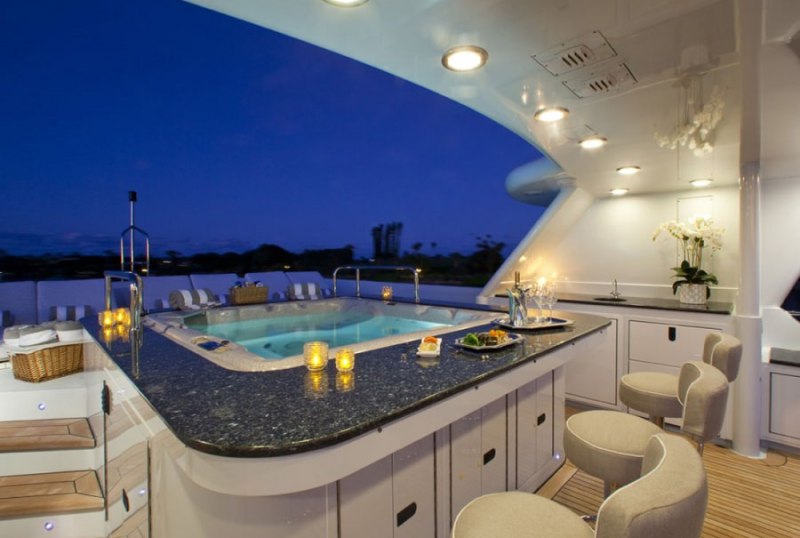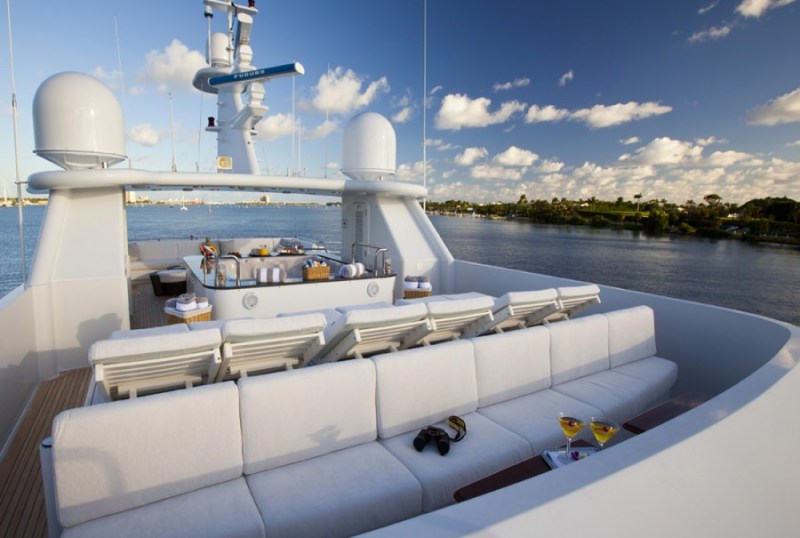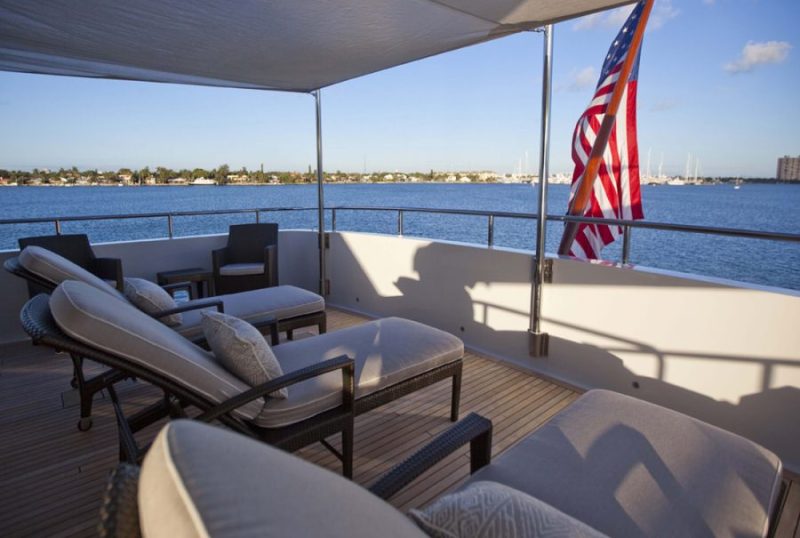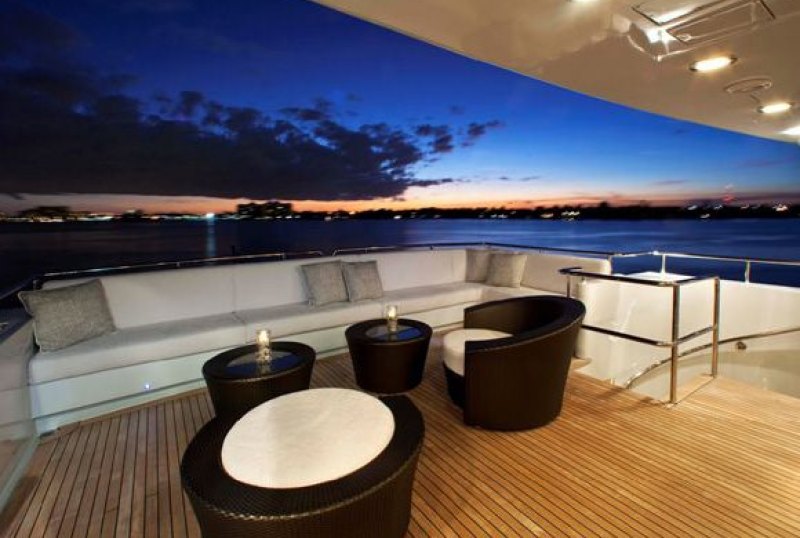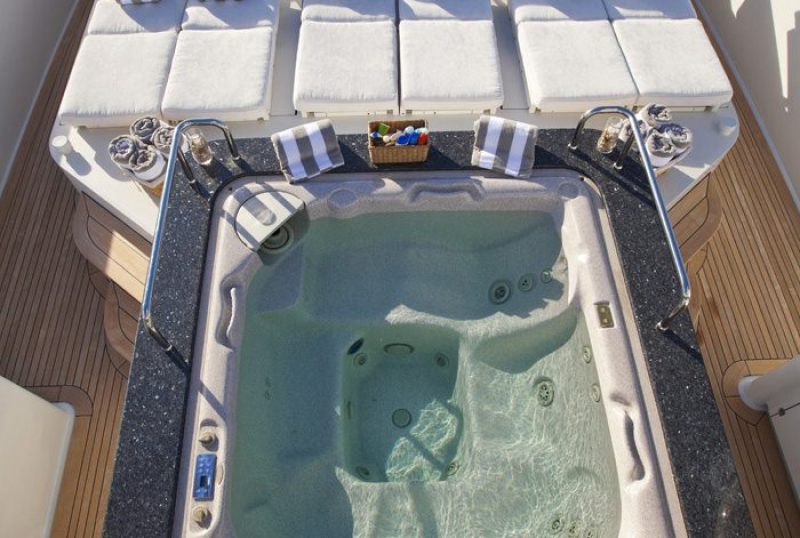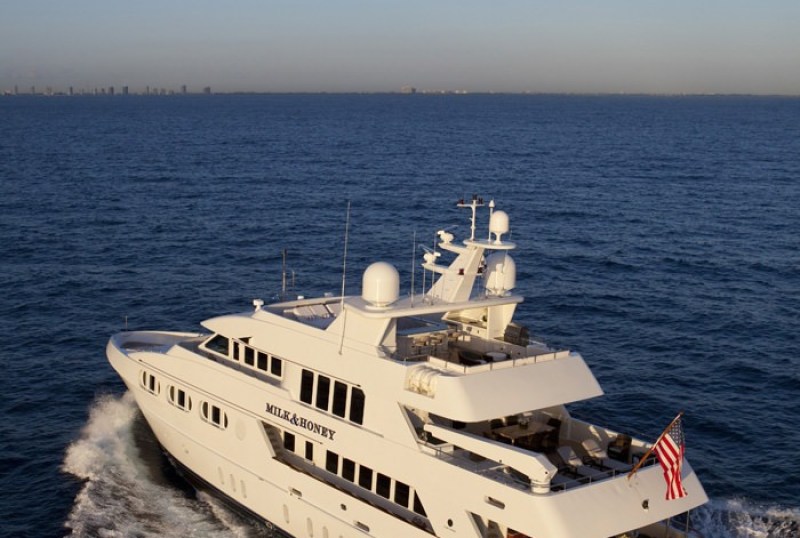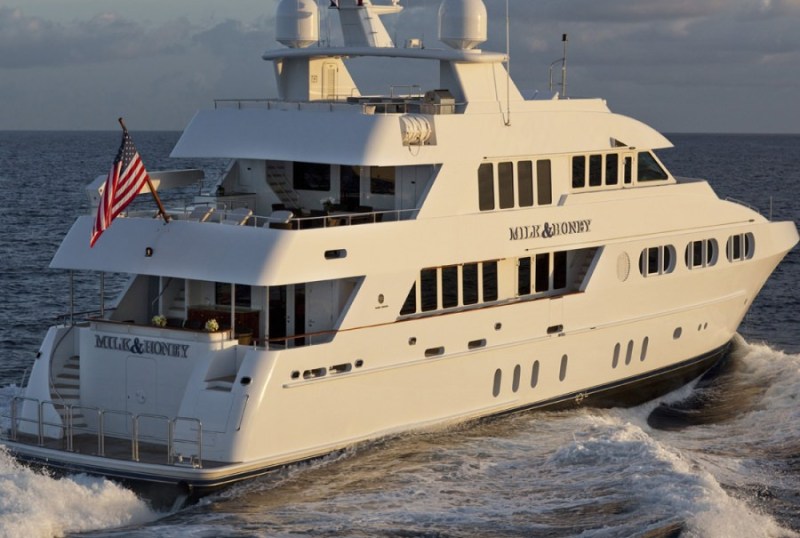Yacht Charters in St Vincent and The Grenadines
What yacht charter are you looking for?
Saint Vincent and the Grenadines are located in the southeastern Caribbean Sea and consist of 32 stunning islands and cays —the islands lie like beads in a necklace, 40 nautical miles long, and are ideal for island-hopping on a 1-week yacht charter.
This world-class sailing destination offers superb diving and snorkeling, swimming in isolated waterfalls, hiking to the crater of a rugged volcano, white sandy beaches, and a vibrant culture shaped by African, British, French, and Indigenous influences. –Think rhythmic calypso, soca, reggae, and lively festivals like the colorful Vincy Mas carnival.
What Yacht Types are Available in St Vincent and the Grenadines?
Catamarans Charters in St Vincent and the Grenadines range from 45-80 ft. Catamarans are spacious and stable, and we often recommend them for families or groups looking for an all-inclusive experience at a more affordable rate.
Motor Yacht Charters in St Vincent and the Grenadines range from 60 ft to over 200 ft. We recommend chartering a motor yacht to clients who have larger budgets and are looking for speed to explore further and faster. Motor yachts generally operate on a plus-expenses basis, with an APA (Advance Provisioning Allowance) of about 25-40% of the yacht rental cost added to your budget, allowing for more flexibility in what you want on your yacht charter.
Power Catamaran Charters in St Vincent and the Grenadines are growing as both motor yacht and traditional catamaran enthusiasts make the switch. We see this shift because power catamarans offer a nice in-between option, combining the stability and space of a catamaran with the luxury, speed, and ease of a motor yacht—all for less money. A 70-foot power catamaran offers space comparable to an 80-85-foot motor yacht.
Sailing Charters in St. Vincent and the Grenadines are a top choice for monohull enthusiasts. The steady trade winds, sheltered anchorages, and diverse cruising routes make it an ideal destination for a classic sailing experience.
A well-planned itinerary starting and ending in Saint Vincent, with a route reaching Petit St Vincent in the south, covers about 90 nautical miles round trip. At a cruising speed of 8-10 knots, typical for a motor yacht or fast catamaran, this journey can be completed comfortably in one week, with a couple of hours cruising each day.
Starting Your Yacht Charter in St Vincent
Most yacht charters start from Blue Lagoon Marina, located at the southern tip of St. Vincent, just a short drive from Argyle International Airport. This makes it incredibly easy for travelers to arrive, especially with direct flights from major cities like Miami, New York, and Atlanta. From here, we recommend heading south to explore the stunning Grenadines, with their turquoise waters and postcard-perfect islands.
Must-Visit Spots in St Vincent and the Grenadines
- Admiralty Bay, Bequia: Charming harbor with vibrant culture and beautiful beaches like Princess Margaret Beach.
- Macaroni Beach, Mustique: Stunning and secluded, perfect for a luxurious day ashore.
- Tobago Cays Marine Park: Unmissable snorkeling with sea turtles and thriving coral reefs.
- Salt Whistle Bay, Mayreau: A beautiful bay with calm waters and a relaxed vibe.
- Clifton Harbour, Union Island: Bustling hub for kiteboarding and local dining.
- Happy Island, Union Island: A quirky, man-made island built from conch shells—perfect for a sundowner.
- Petit St. Vincent: A private island paradise with perfect beaches.
- Palm Island: Luxury, great hiking trails and powder-soft sand beaches.
- La Soufrière Volcano, St. Vincent: Adventure ashore with a hike to this active volcano.
- Wallilabou Bay, St. Vincent: Famous Pirates of the Caribbean filming location with dramatic scenery.
Trending Yachts
Best Islands in St Vincent and the Grenadines
Tobago Cays
Tobago Cays is the number one location in St Vincent and the Grenadines is one of the top spots to visit in the Caribbean. This famous group of 5 islands in the southeastern Grenadines is ideal for island hopping. The small cays are surrounded by coral reefs, definitely a great place to enjoy the sea. Have a glass of champagne while you sail over to Petit Tabac, which is near the main island group. Get wet in the Old Hegg Turtle Sanctuary and have dinner under the stars.
Bequia
Bequia is the first island in the chain and most likely your first stop after leaving St. Vincent. Bequia features one of the most protected harbors, surrounded by hills – Admiralty Bay. The hills interact with the beach in interesting ways, including some caves. At the end of the bay is the colorful Port Elizabeth. Take the Belmont Walkway for a scenic stroll.
The Princess Margaret Beach is a 500m beach worth a visit. Other beaches include Lower Bay and Friendship Bay. Have a drink at Frangipani, one of the most renowned bars on the island.
Union Island
Union Island is the lively, adventurous hub of the Grenadines, known for its dramatic volcanic peaks and vibrant culture. It’s often called “The Tahiti of the Caribbean” because of its stunning landscapes. The main town, Clifton, is bustling with colorful markets, beach bars, and restaurants, making it a perfect spot for provisioning or mingling with locals.
Union Island is a hotspot for kiteboarding, thanks to its steady trade winds and shallow waters at spots like Kite Beach. For something unique, visit Happy Island, a quirky man-made islet built entirely from conch shells, where you can sip a rum punch with a view. The island’s rugged beauty and lively energy make it a must-visit for adventure seekers and those looking for a fun, off-the-beaten-path vibe.
Mayreau
A tiny island with no more than 300 permanent residents and no established road network, Mayreau is the true definition of holidaying off the grid. Dennis Hideaway is a crowd-favorite spot for refreshments for most visitors, and there are various swimming spots, such as Saline Bay and Salt Whistle Bay, known for their calm, protected waters and favored by yachters. There is no shopping here, but plenty of stunning palm-fringed spots to relax under and live the Caribbean dream.
One-Way Yacht Charters from St Vincent to Grenada
Yacht charters from Saint Vincent to Grenada are available and offer a scenic journey through the Grenadines. Here’s what you need to know:
This route allows you to explore multiple islands without backtracking. A popular itinerary starts in St Vincent and includes Bequia, Mustique, Tobago Cays, Union Island, and Carriacou, and ends in Grenada.
Travel Distance and Time: The sailing distance from Saint Vincent to Grenada is approximately 90 nautical miles. We recommend you take at least one week for this route to not just rush through. You can easily spend 10 days on this.
Customs and Immigration: You’ll need to clear customs when entering and exiting each country’s waters. For instance, when sailing from Union Island (Saint Vincent and the Grenadines) to Carriacou (Grenada), you’ll handle exit and entry formalities accordingly.
When is the Best Time for a Yacht Charter in St Vincent and the Grenadines?
The best time for a yacht charter in Saint Vincent and the Grenadines is from December to April, during the dry season. The weather is warm, with steady trade winds ideal for sailing.
The hurricane season runs from June to November, peaking between August and October. While the southern Caribbean is generally less affected by hurricanes, it’s still wise to monitor weather updates during this time if planning a trip.
St Vincent and Grenadines 101
History of St Vincent and the Grenadines
The first people to live on these islands were nomadic and called the Ciboney, as well as other Arawak and Carib people. By the 17 hundreds, both the French and the British laid claim to the islands. In the 1630s, African slaves escaped a Dutch slave ship and settled on St Vincent. Descendants of the Africans and the native Caribs became known as the Garifuna.
Today, 90% of residents are of African descent, and only a few Carib descendants remain. In 1979, St Vincent gained independence within Britain’s Commonwealth.
Culture and Traditions
The culture of St. Vincent and the Grenadines is a vibrant blend of African, British, French, and indigenous influences. This rich heritage is reflected in everything from the island’s music and festivals to its daily way of life. You’ll find locals warmly welcoming visitors with a laid-back Caribbean vibe, often accompanied by the rhythm of calypso, soca, or reggae music. Major events like Vincy Mas (the national carnival) are full of colorful costumes, infectious music, and lively street parties.
Food Influences
The cuisine is a flavorful fusion of African, French, British, and Caribbean traditions. Fresh seafood is a staple—lobster, conch, and fish are commonly served grilled or in curries. Other must-try dishes include:
- Callaloo Soup: Made with leafy greens, coconut milk, and spices.
- Breadfruit: Roasted or fried, a local favorite often paired with fish.
- Pelau: A hearty one-pot dish of rice, chicken, and pigeon peas.
Local ingredients like plantains, cassava, and sweet potatoes often feature in meals, and tropical fruits like mangoes, bananas, and guavas are abundant.
Language
The official language is English, making it easy for most visitors to communicate. However, locals also speak Vincentian Creole, a unique blend of English and African languages, often used in casual conversation. It adds a musical, rhythmic quality to the way people speak, with phrases like “How yuh do?” (How are you?) commonly heard.
Currency
The official currency is the Eastern Caribbean Dollar (XCD), which is shared by several Caribbean nations. US dollars are widely accepted across the islands, especially in tourist areas, but it’s always good to have some XCD on hand for smaller vendors and local markets. The exchange rate is typically pegged at 2.7 XCD to 1 USD.
Talk to a Yacht Charter Expert
Inquiring about a yacht charter in St. Vincent and the Grenadines is simple. Reach out to us, and one of our yacht charter brokers will respond quickly. Share your preferences, and we’ll provide a list of the best available options within your budget. From there, we guide you through the entire booking process and stay with you until the end of your charter, helping with final accounts and gathering your feedback for the crew.


























